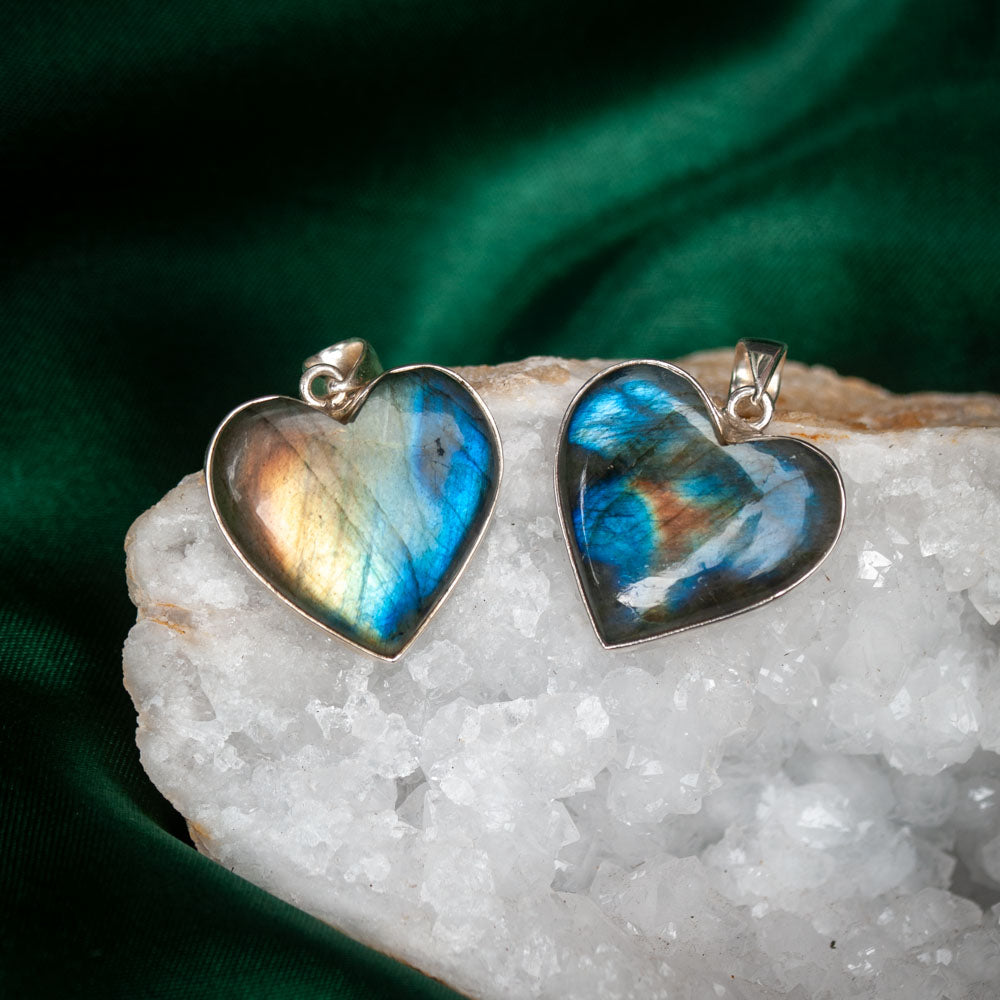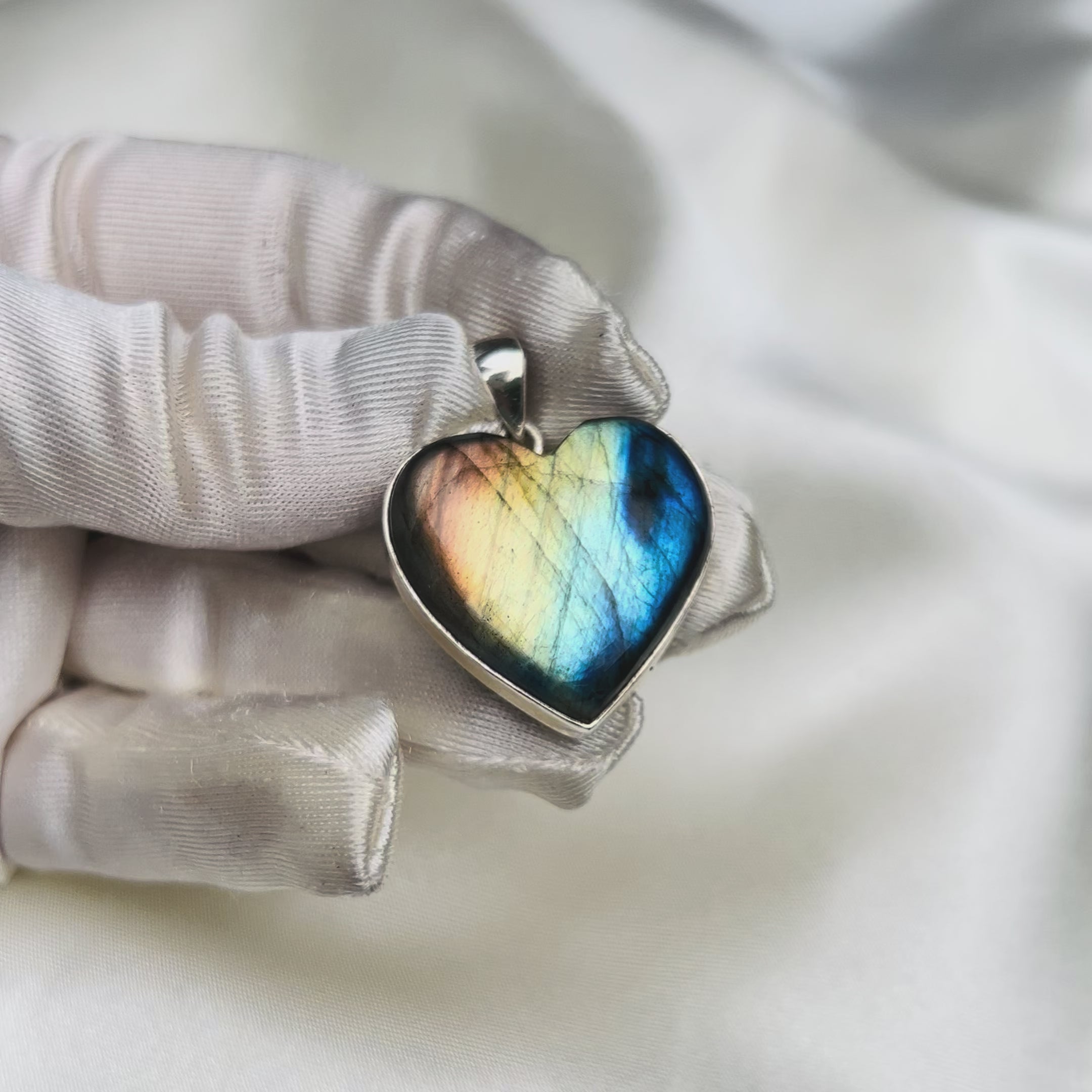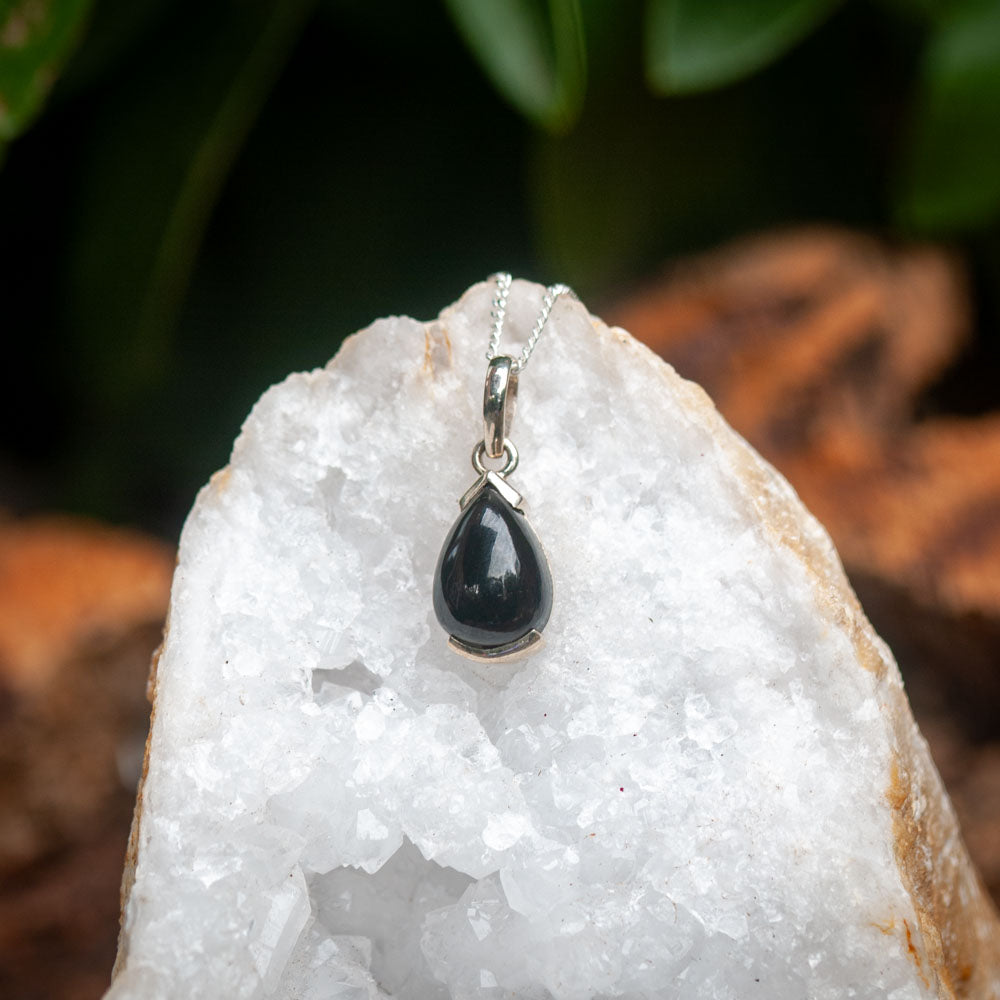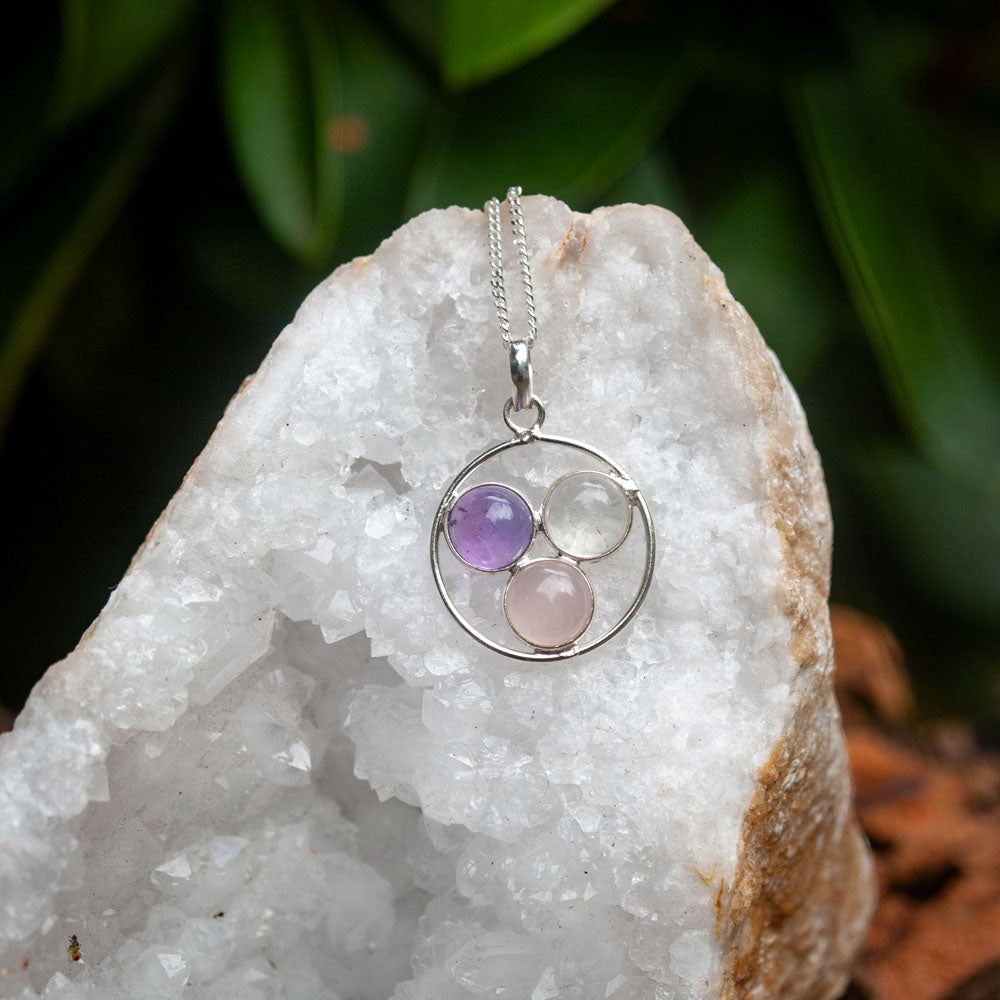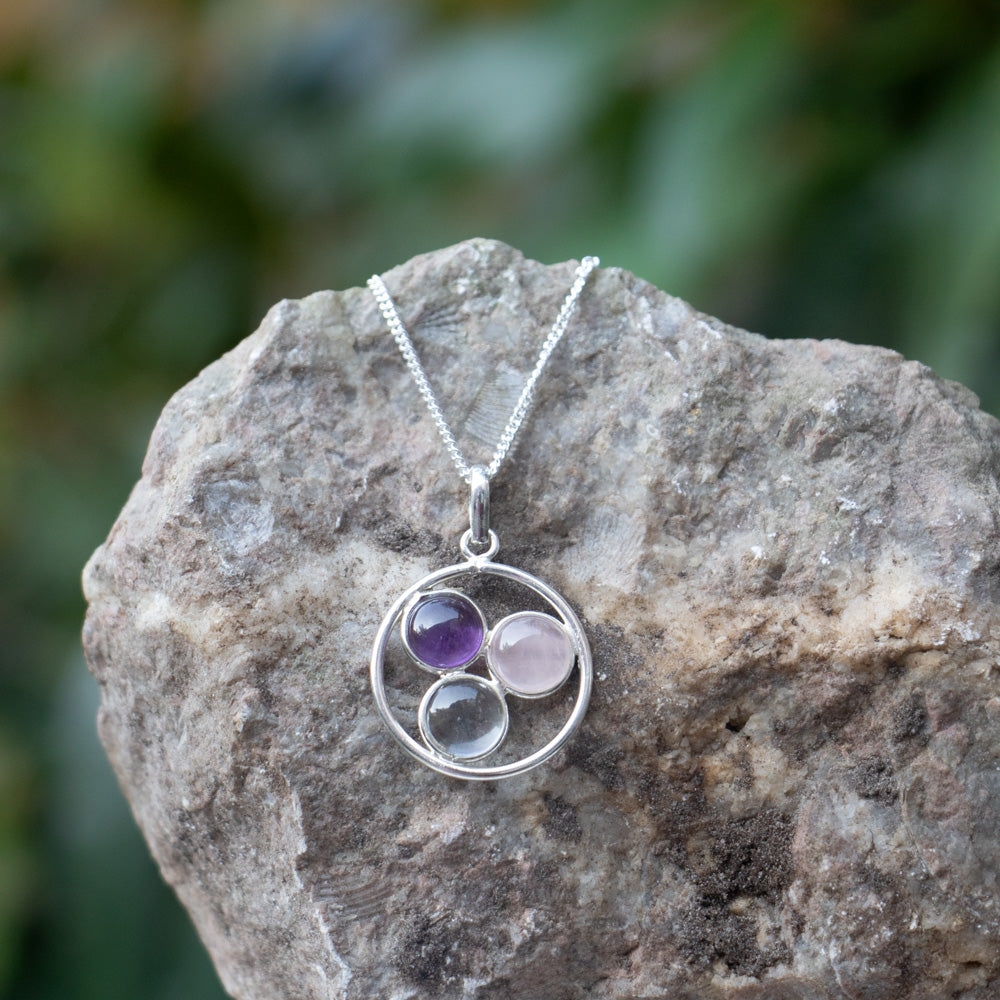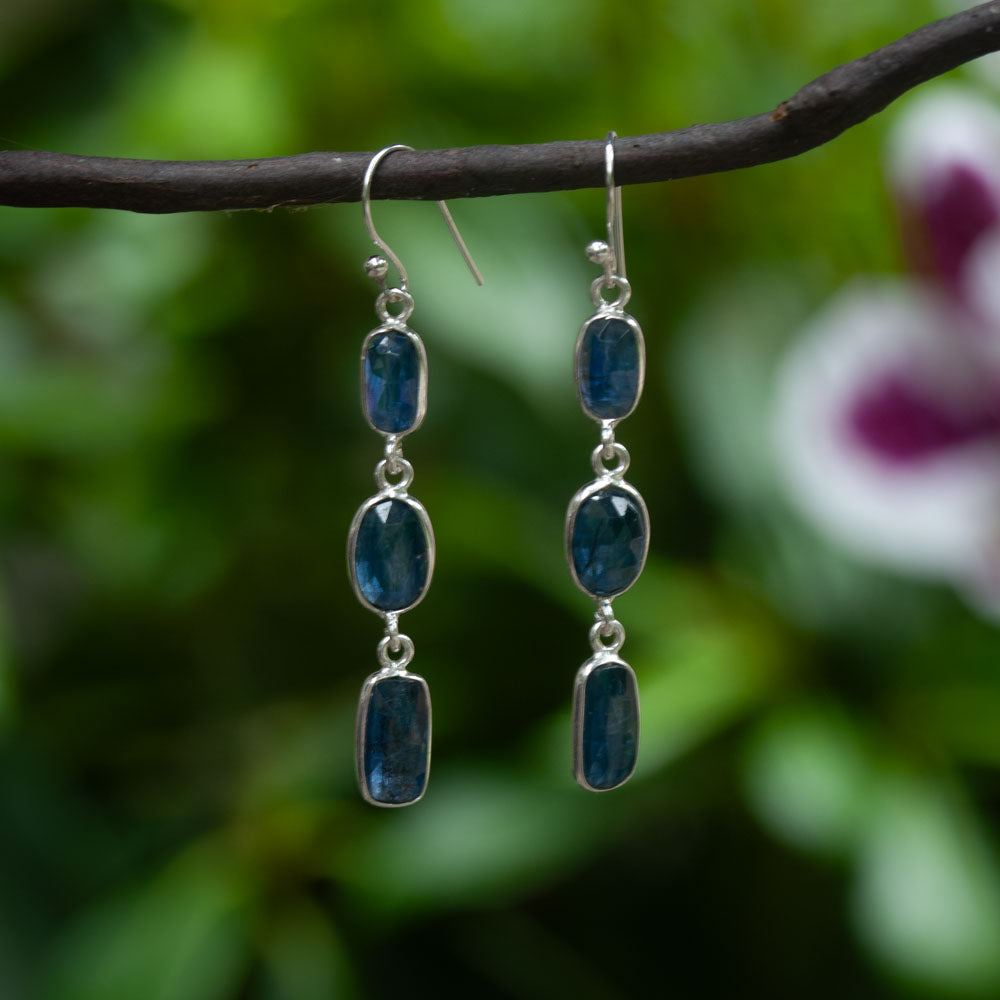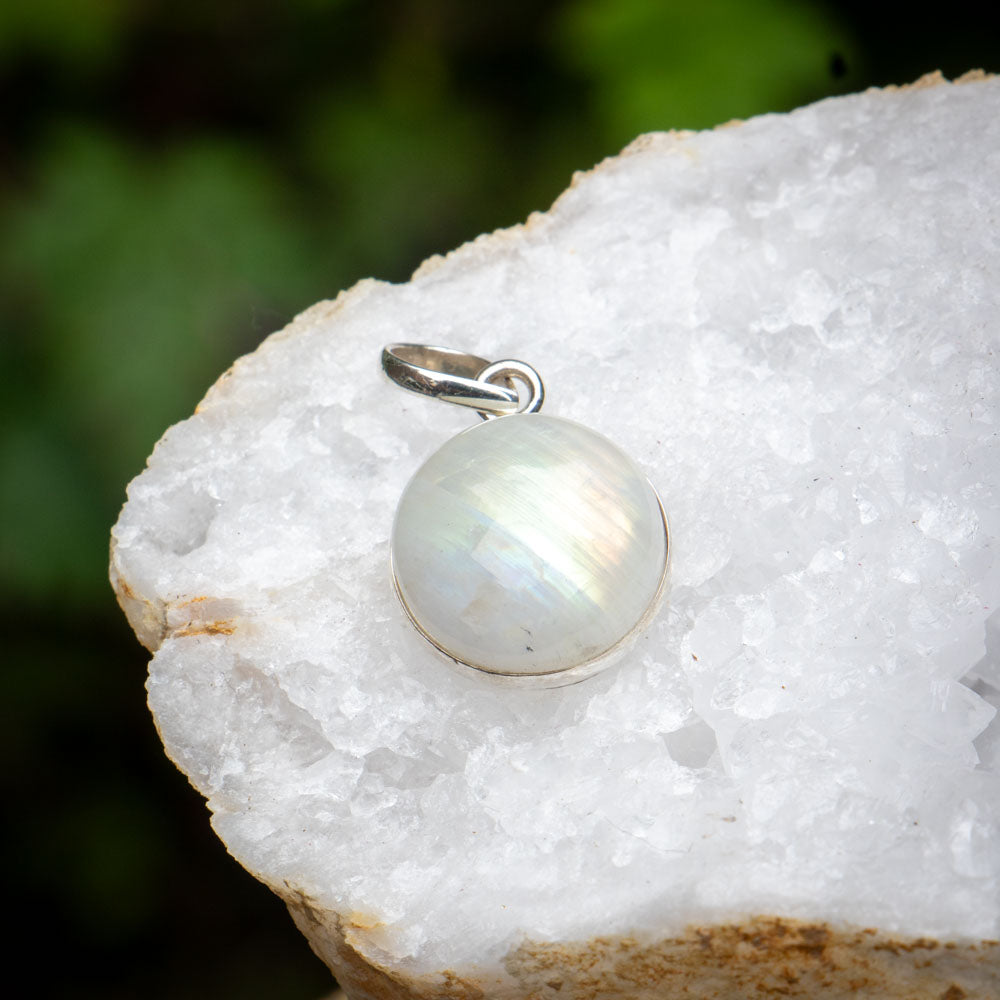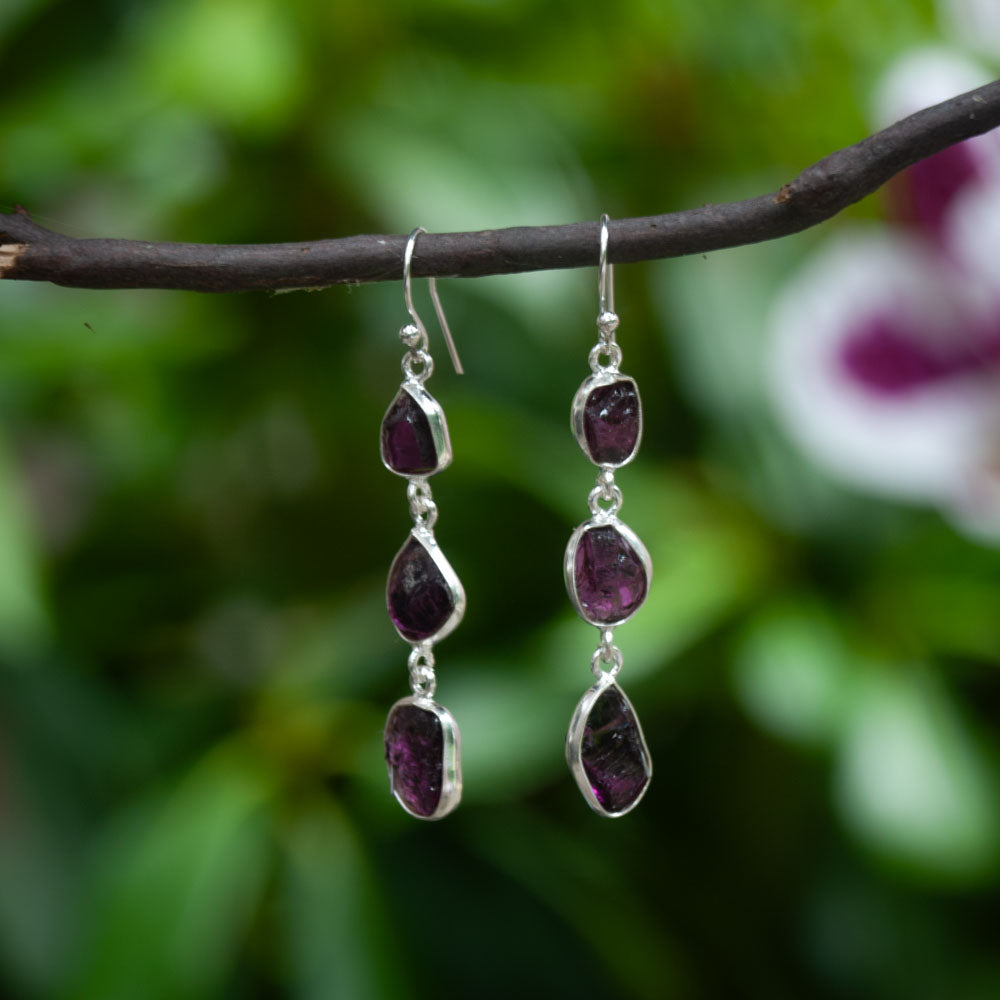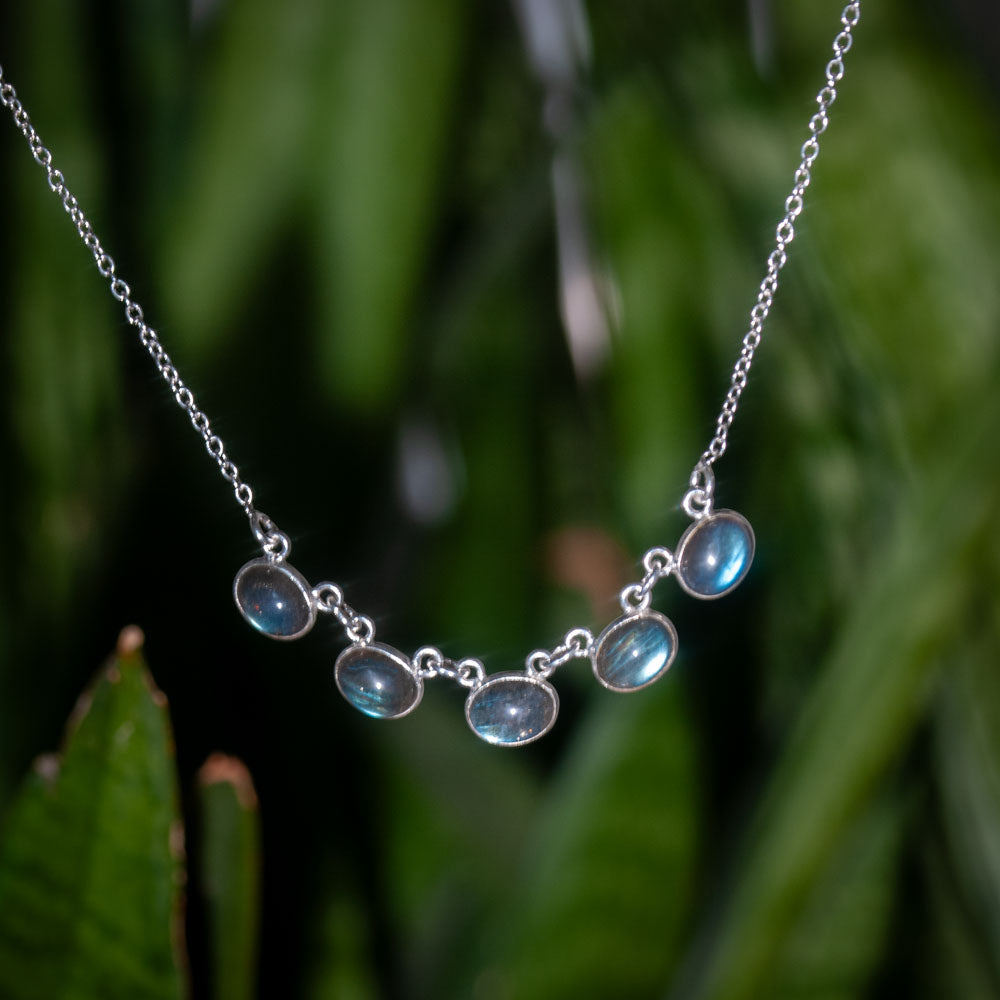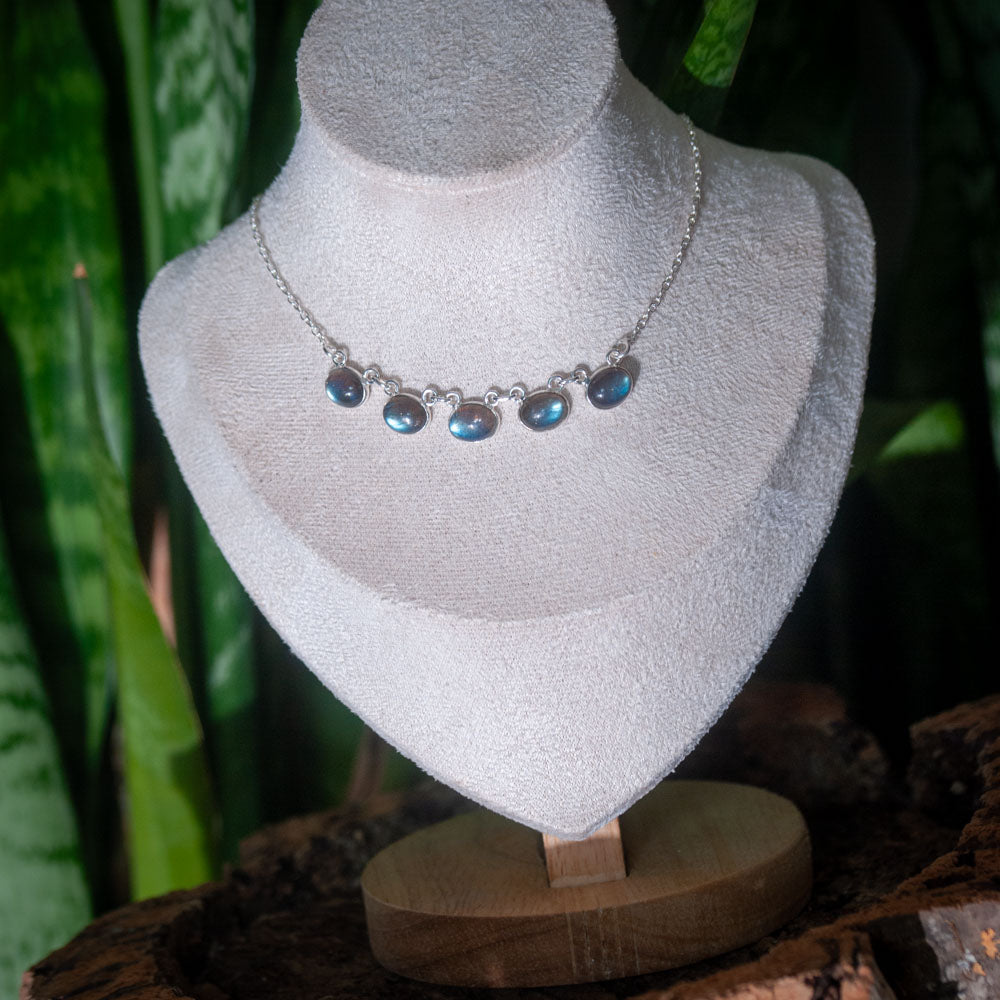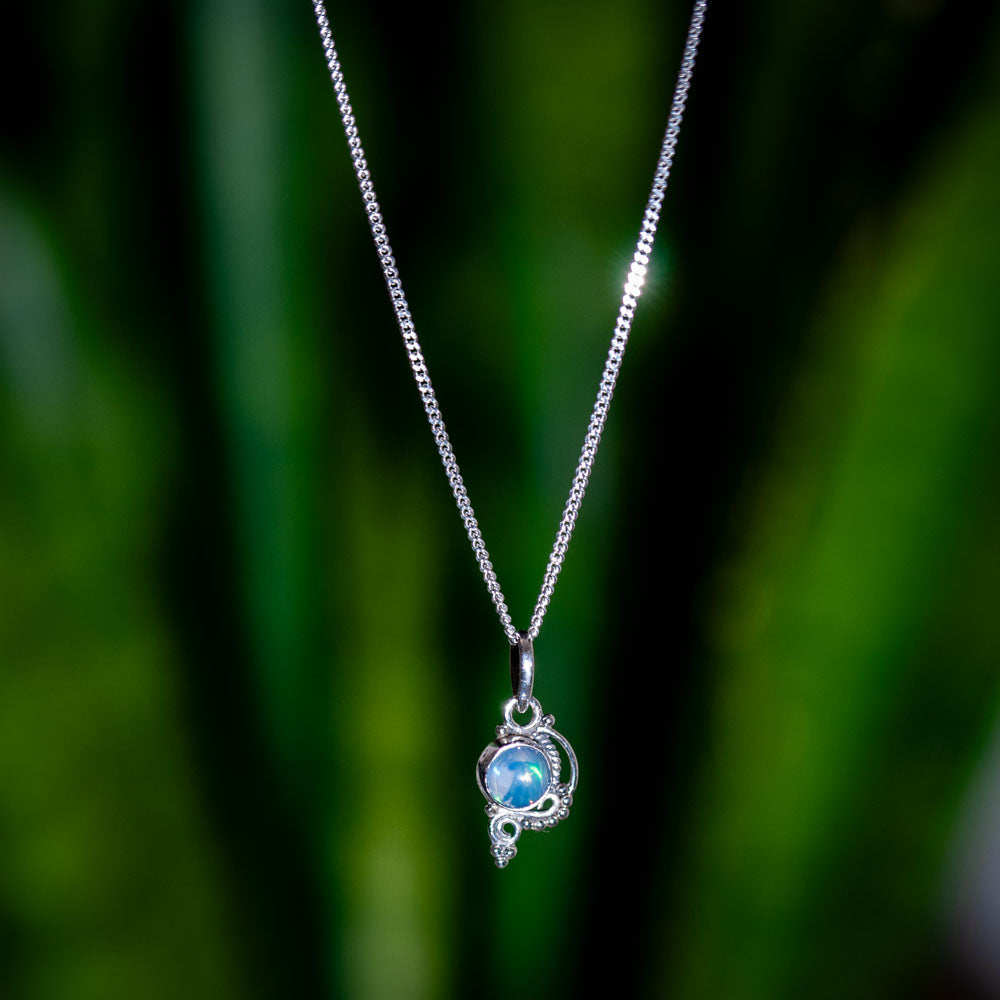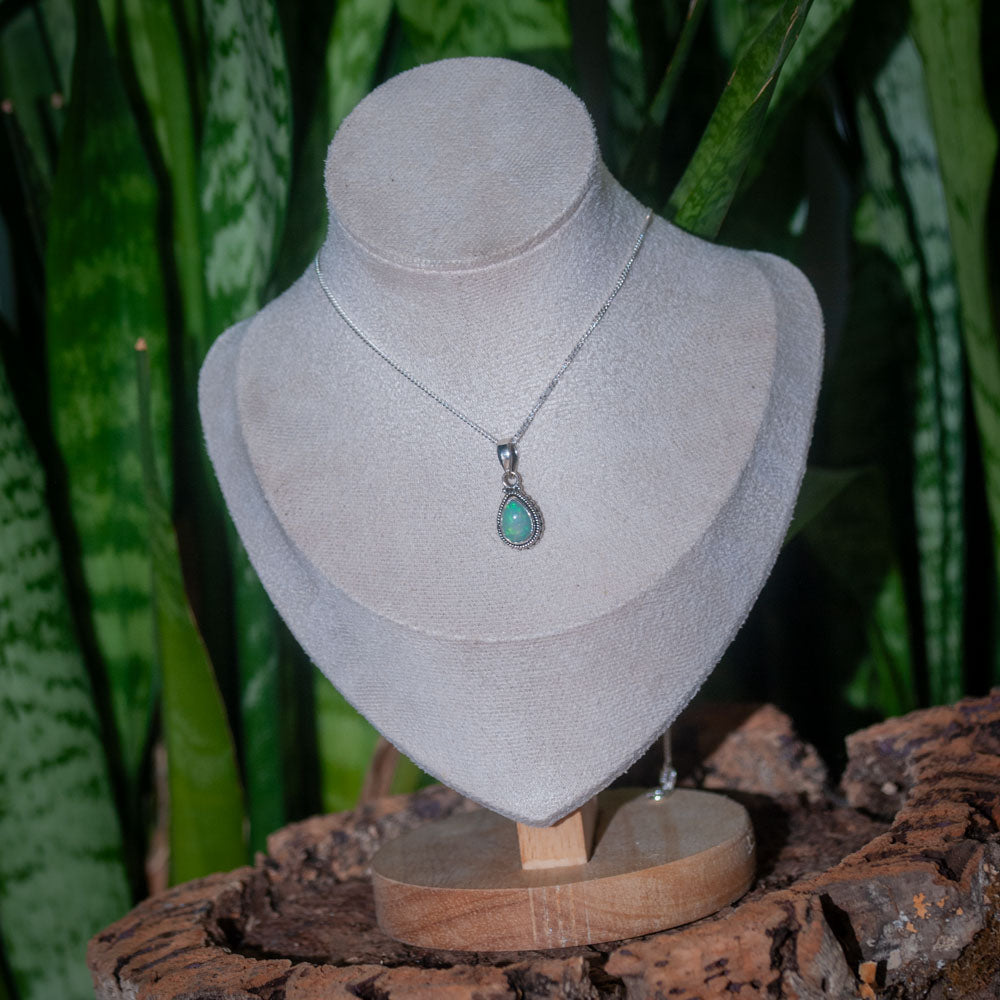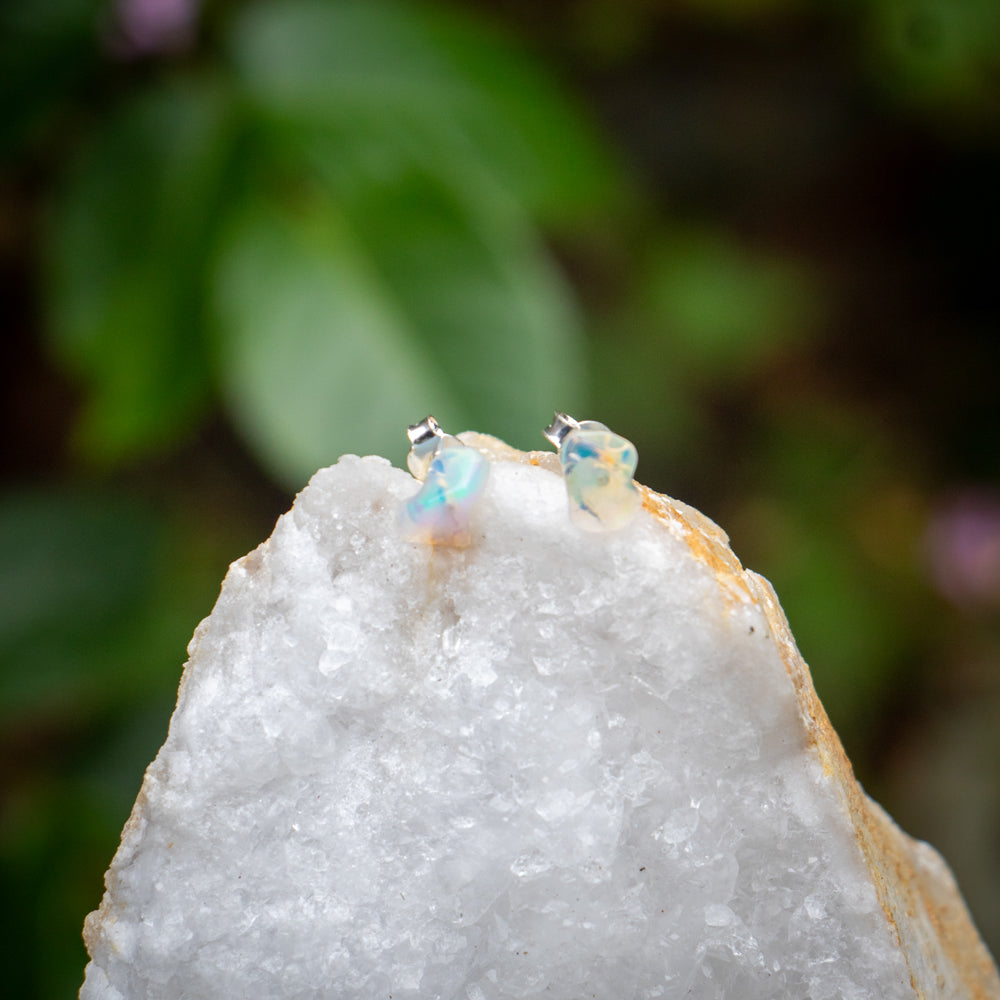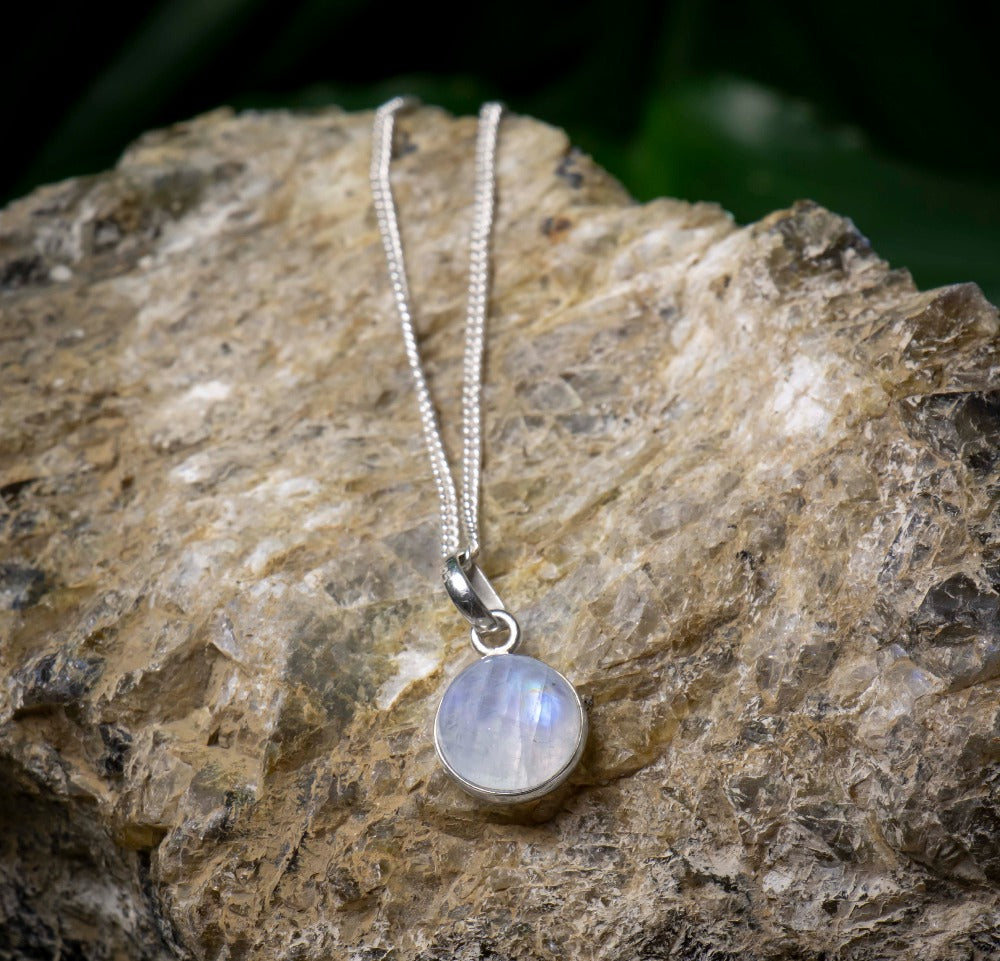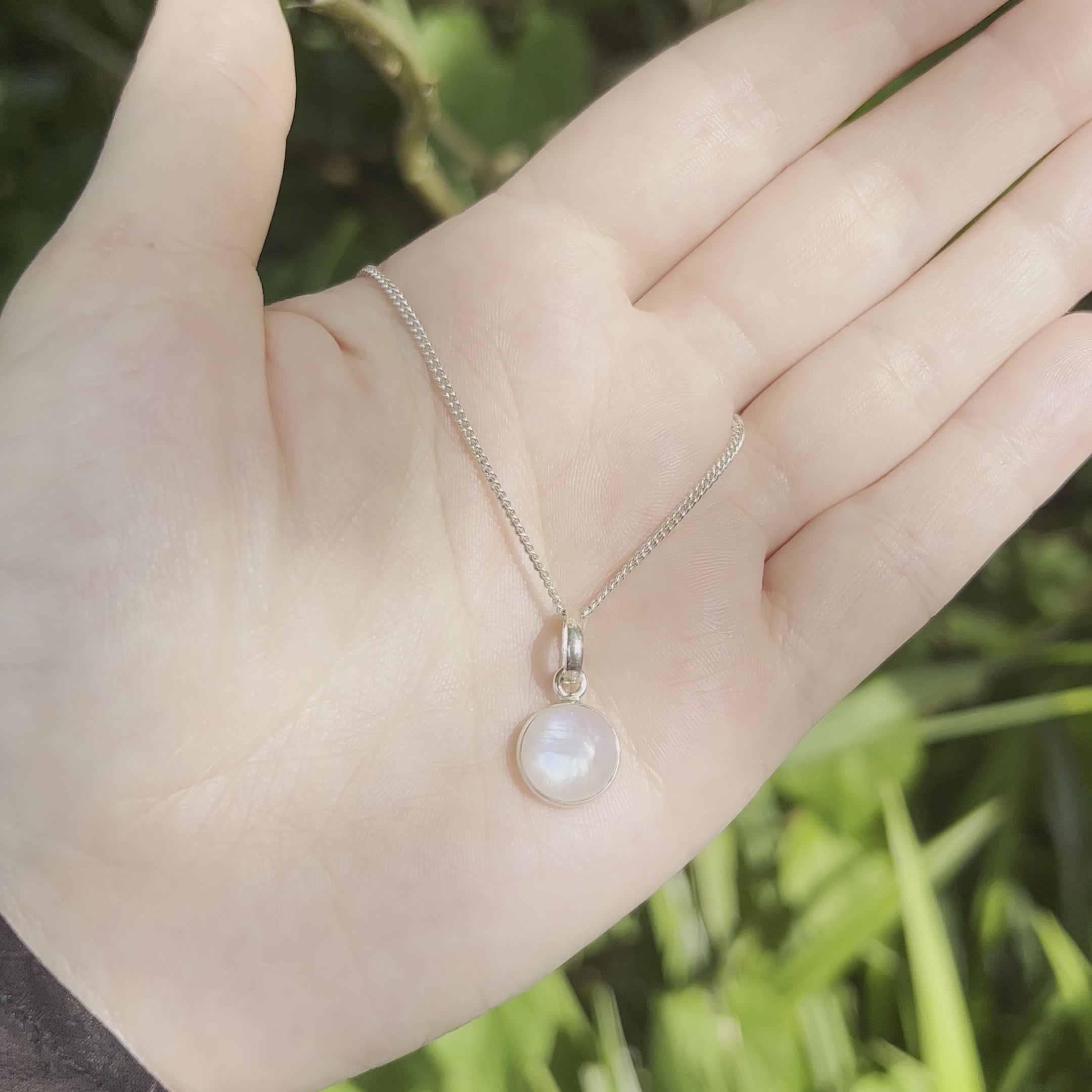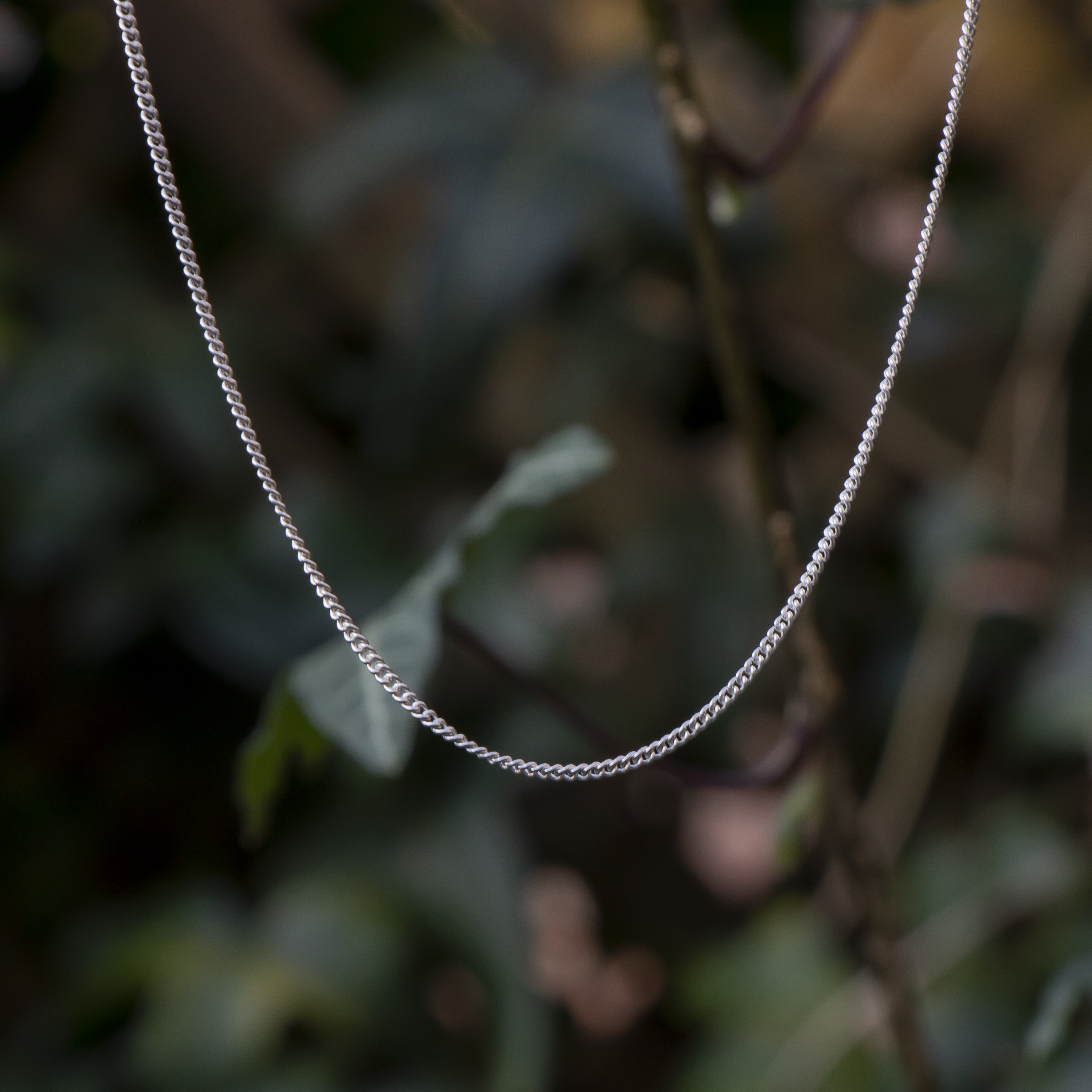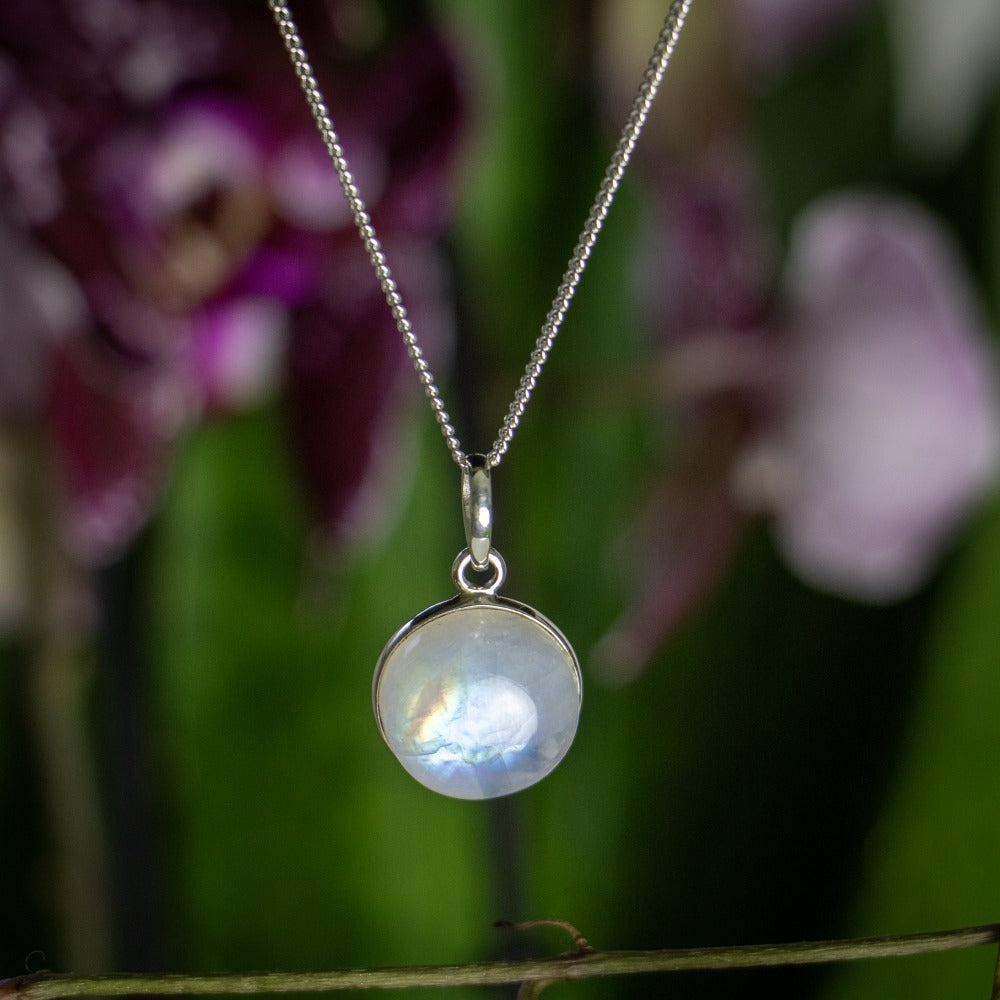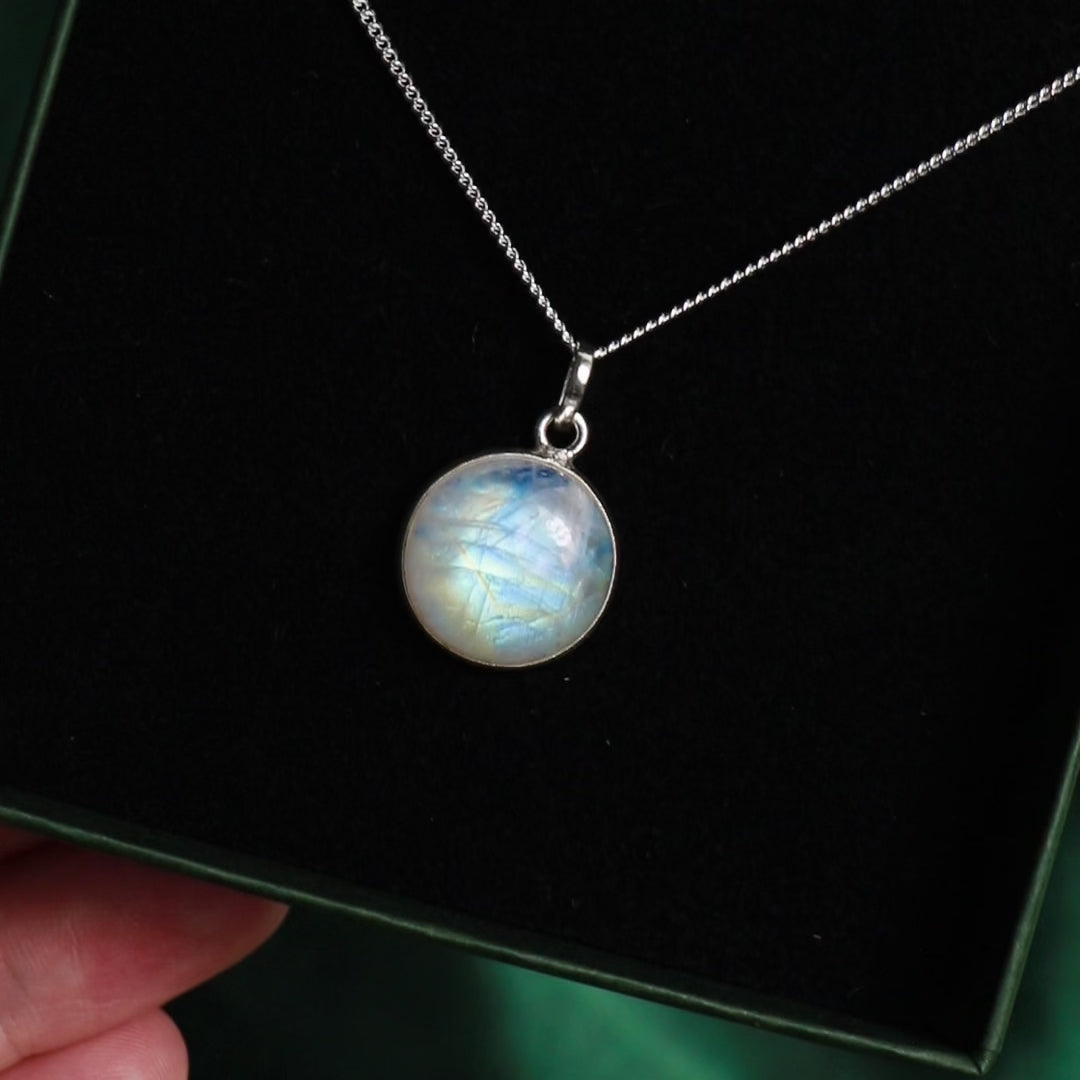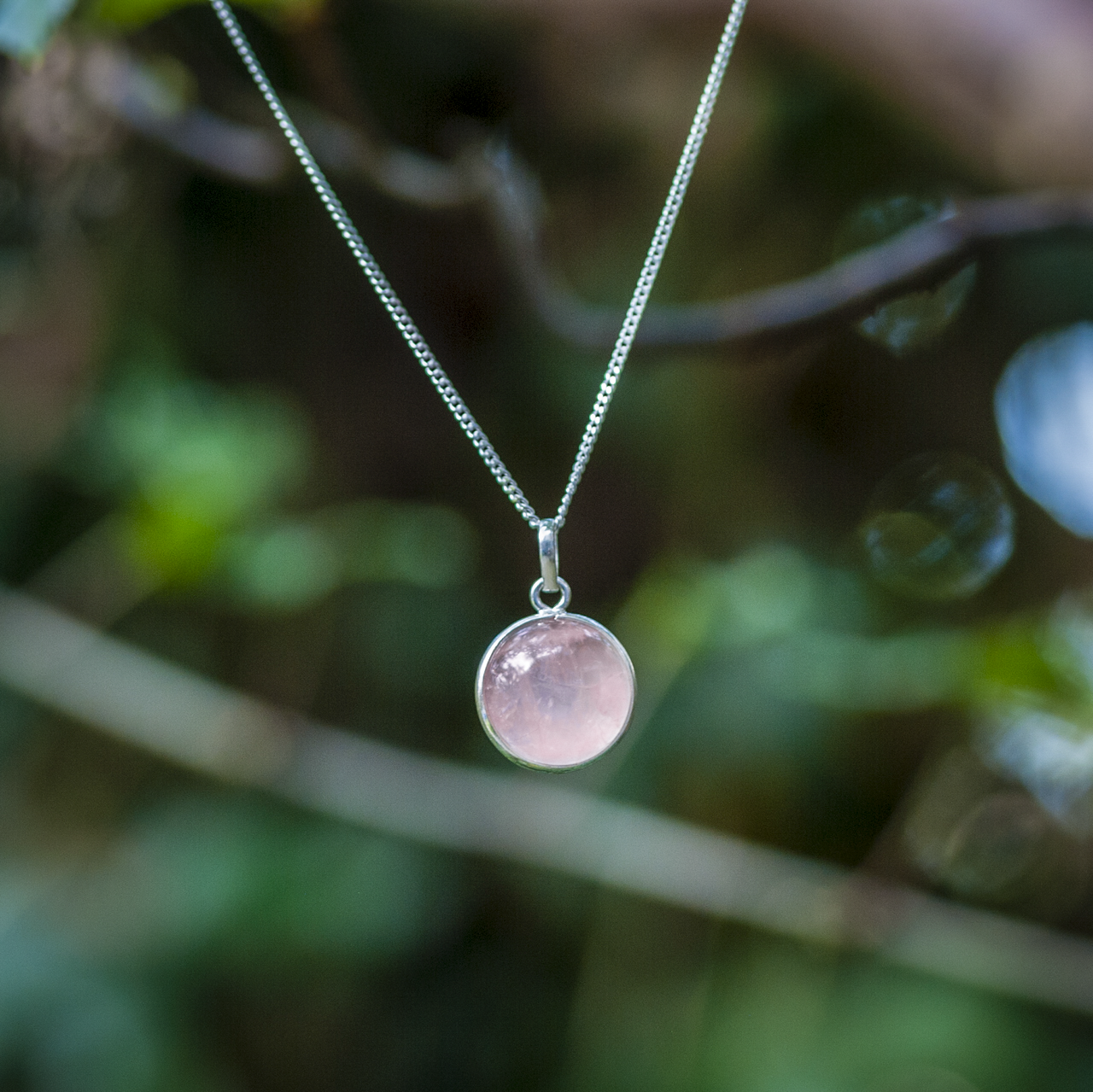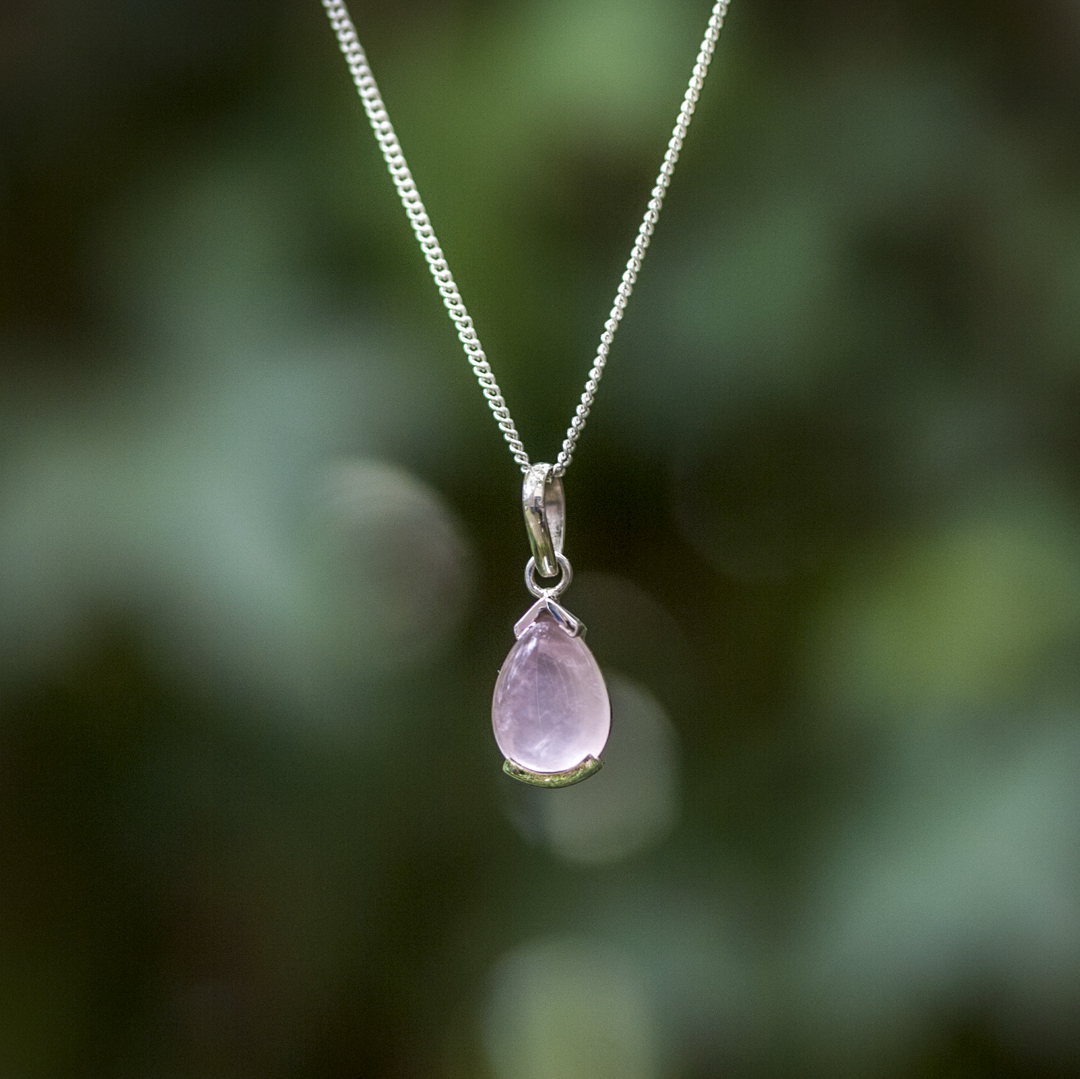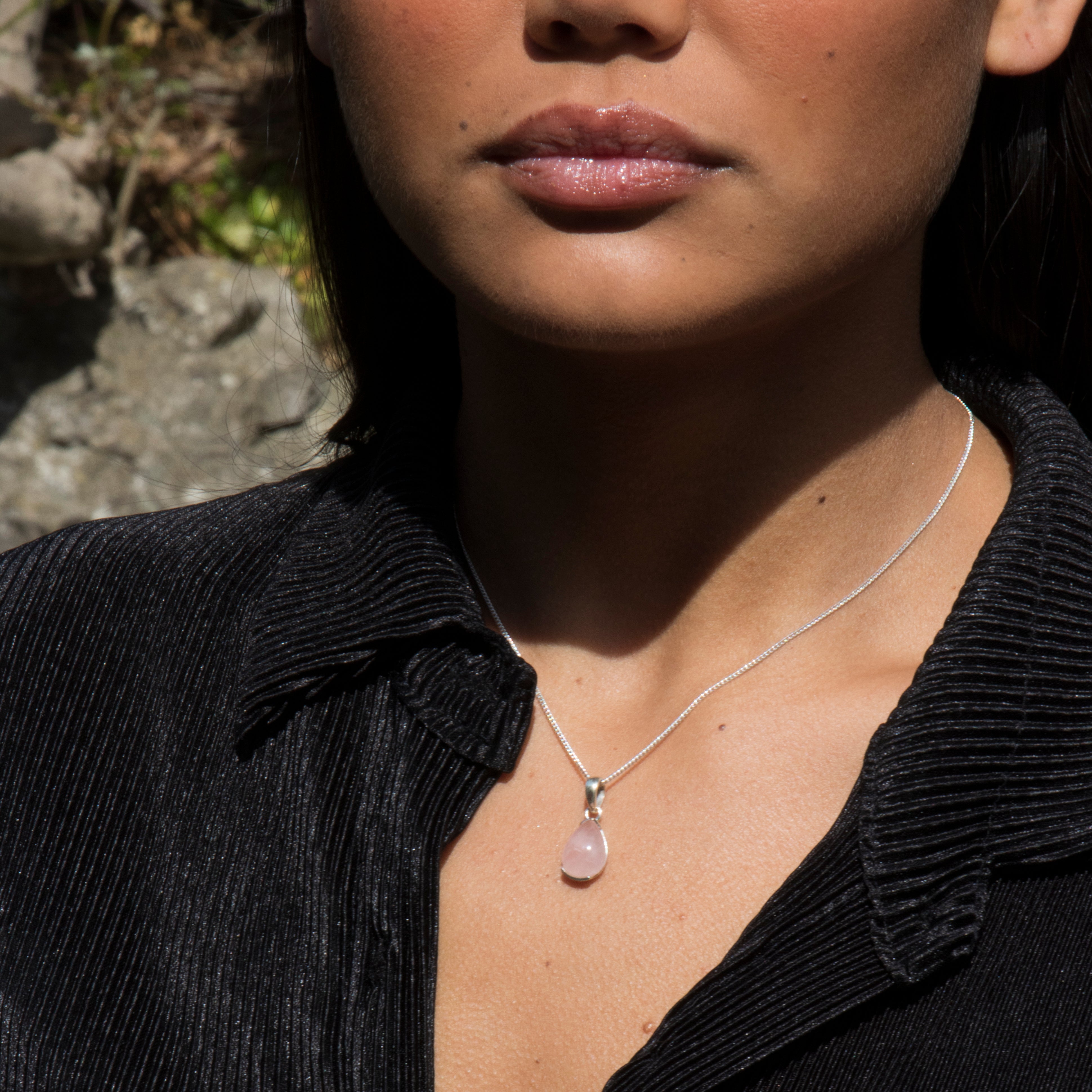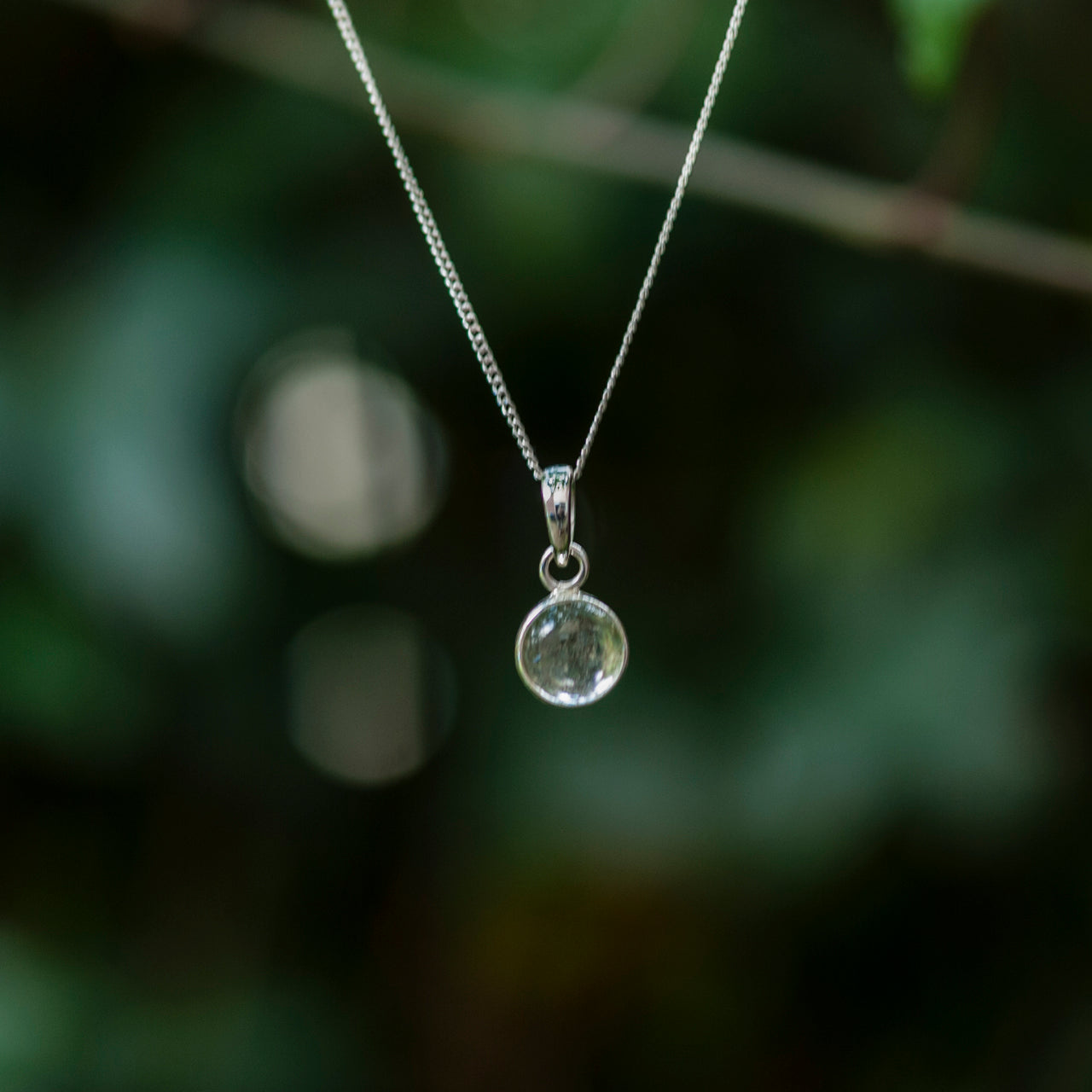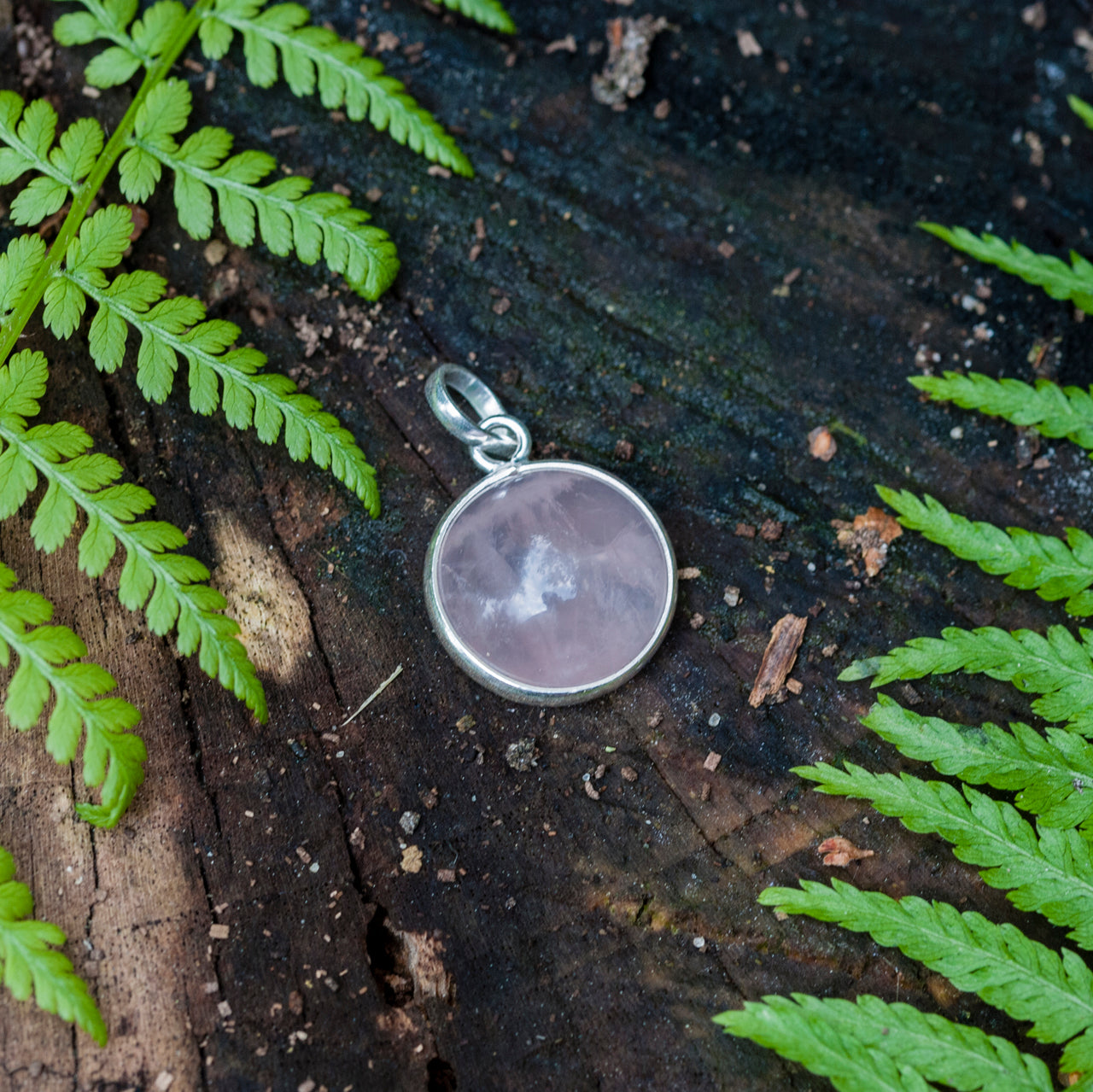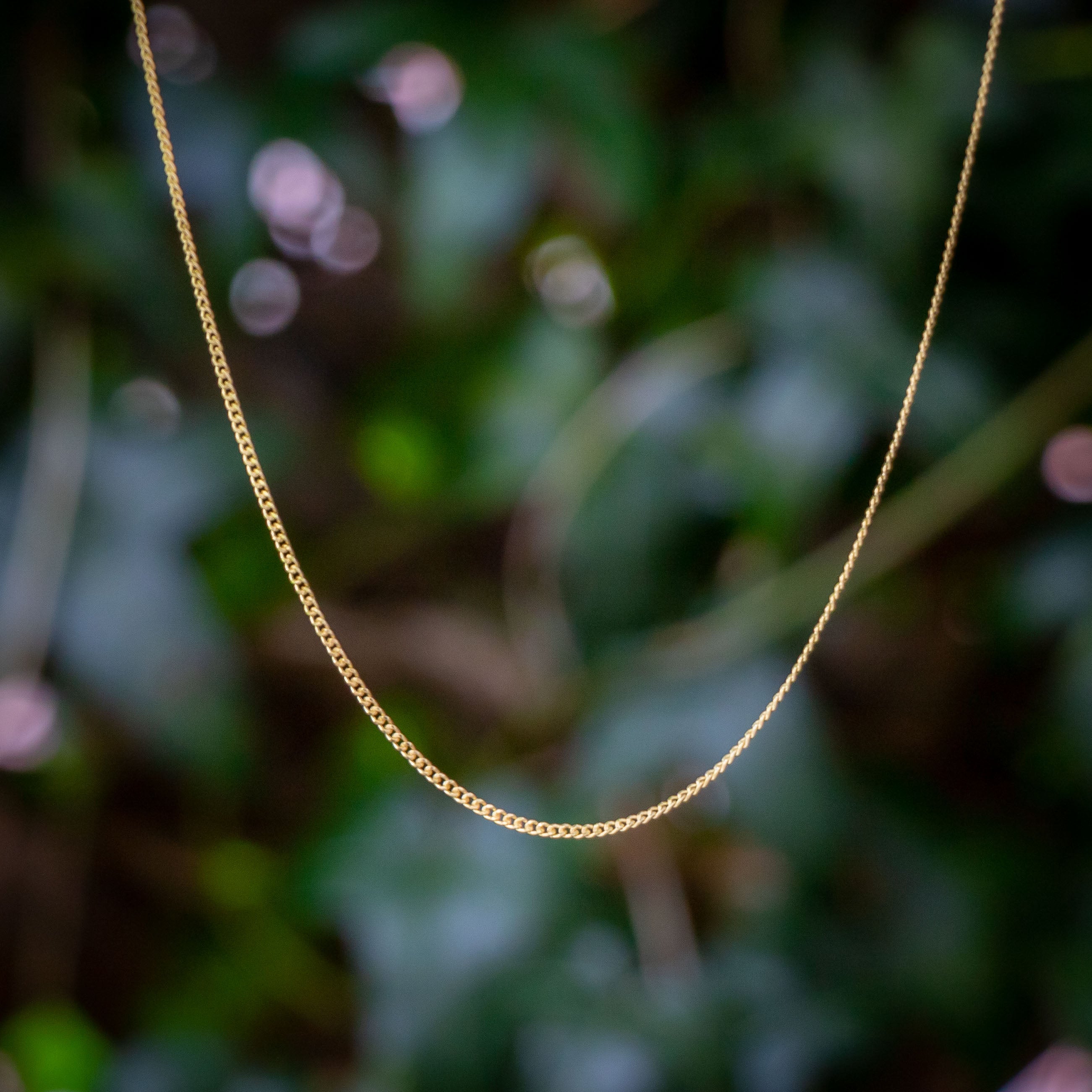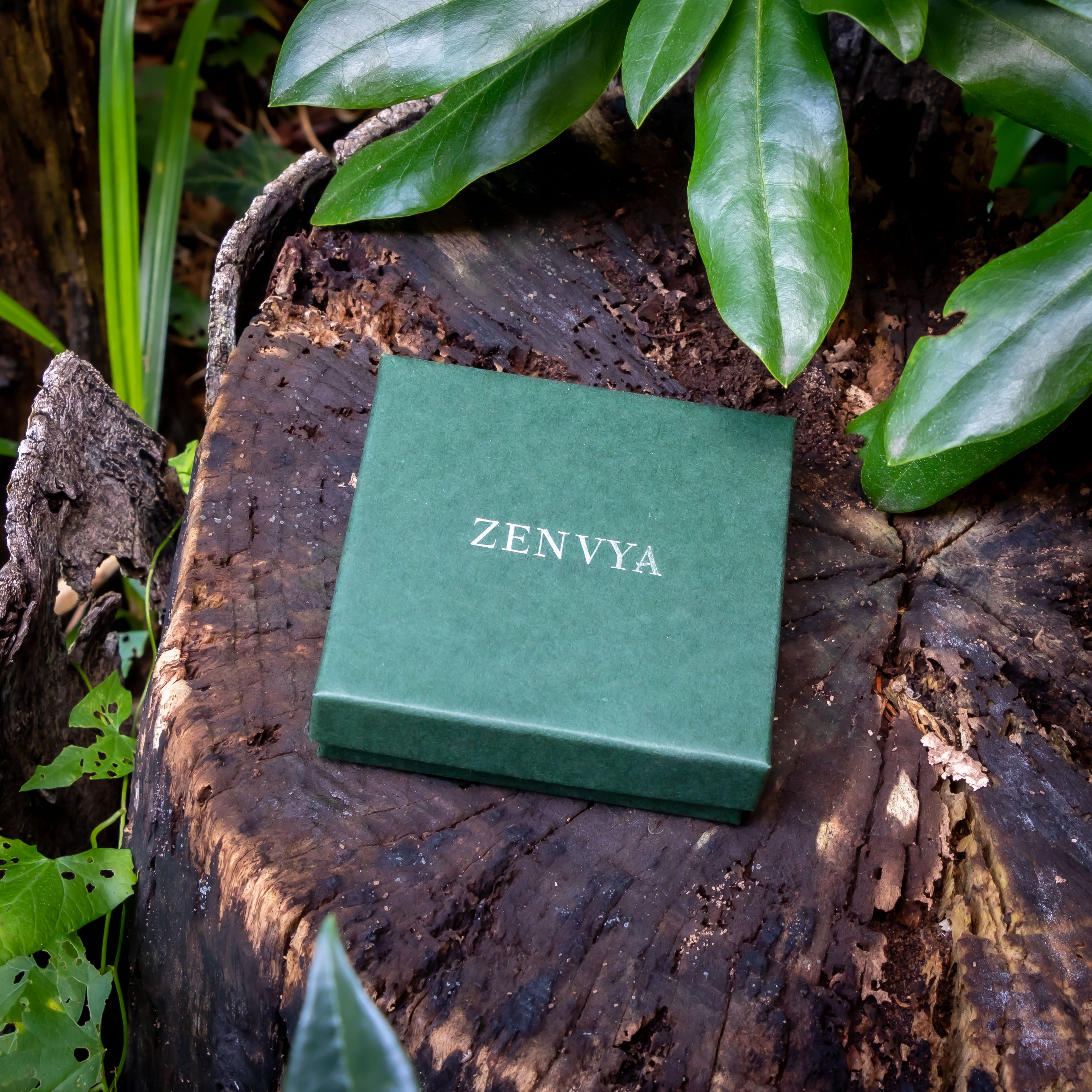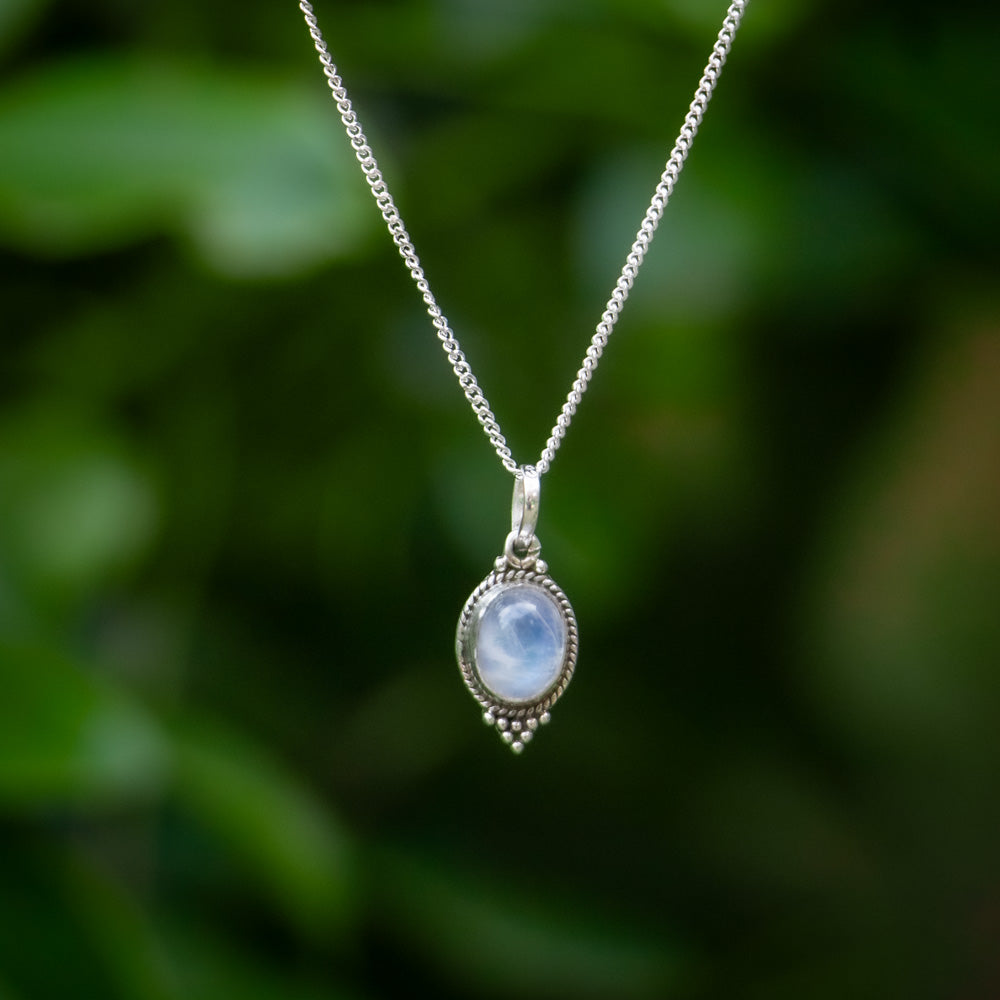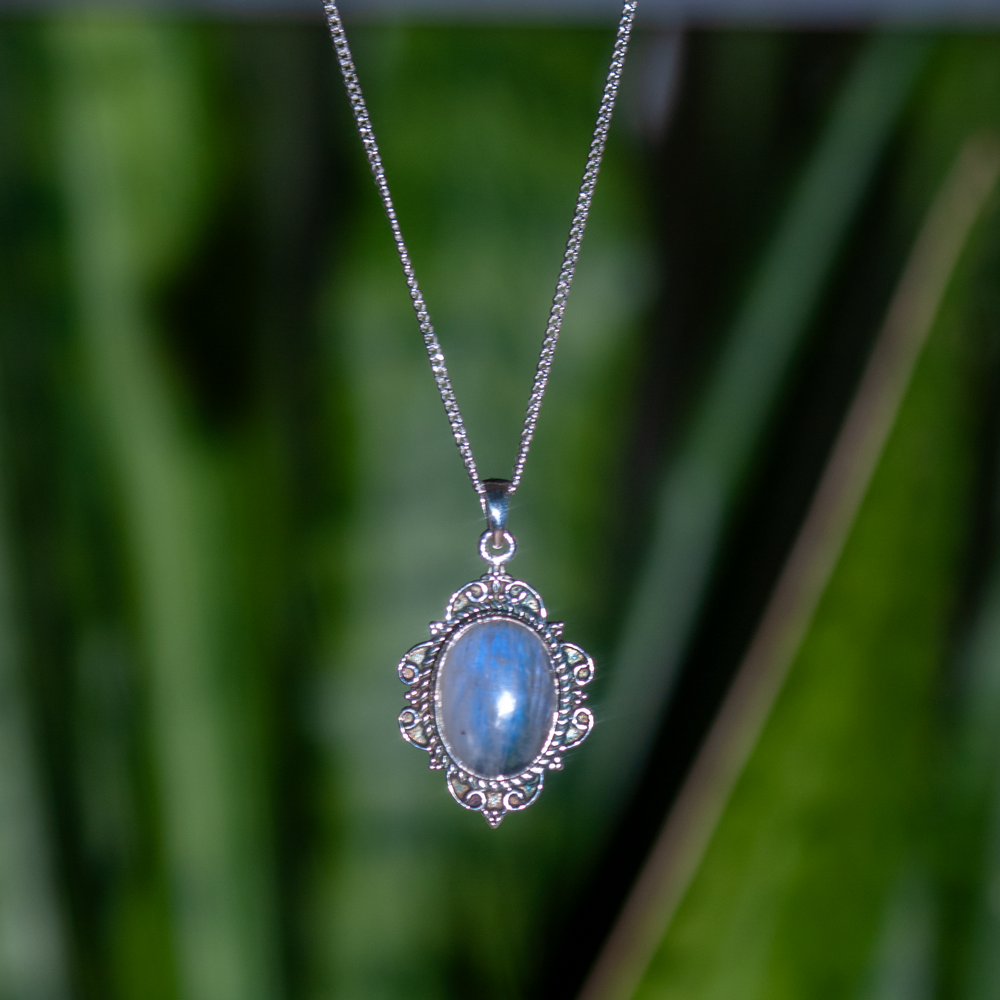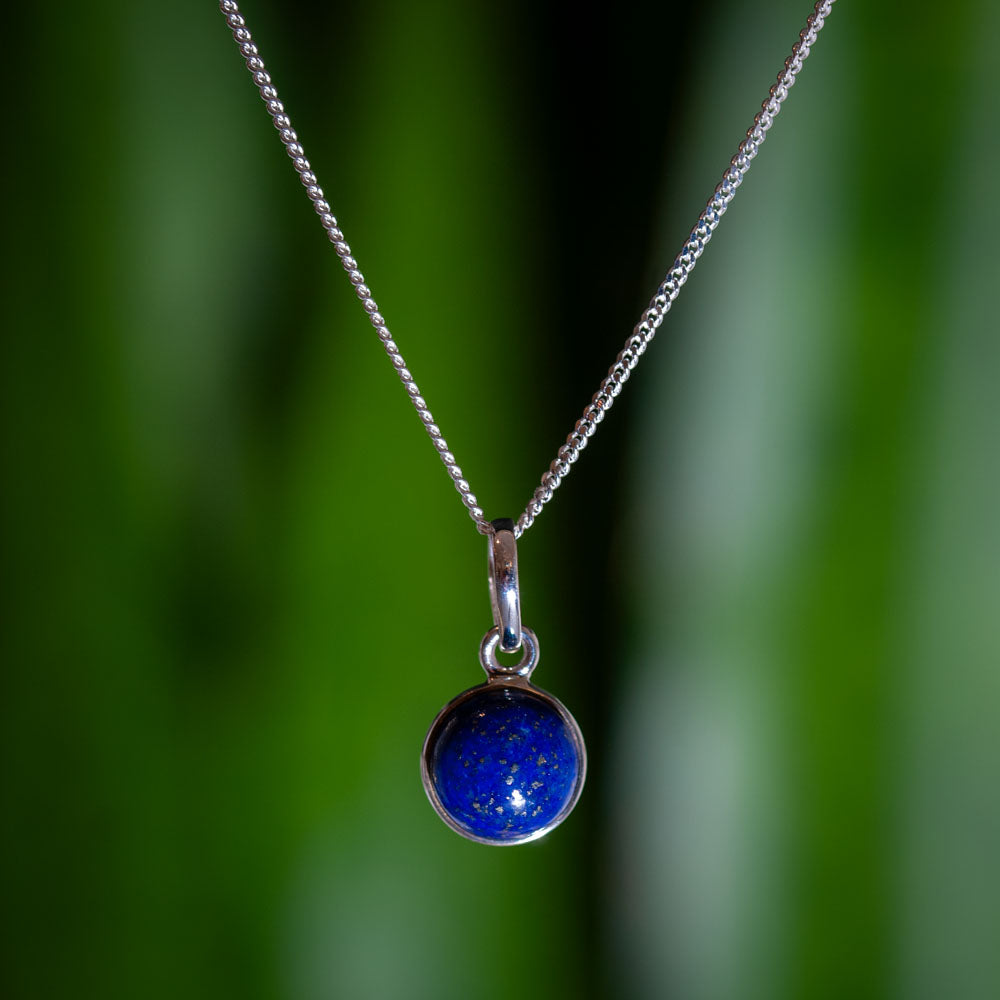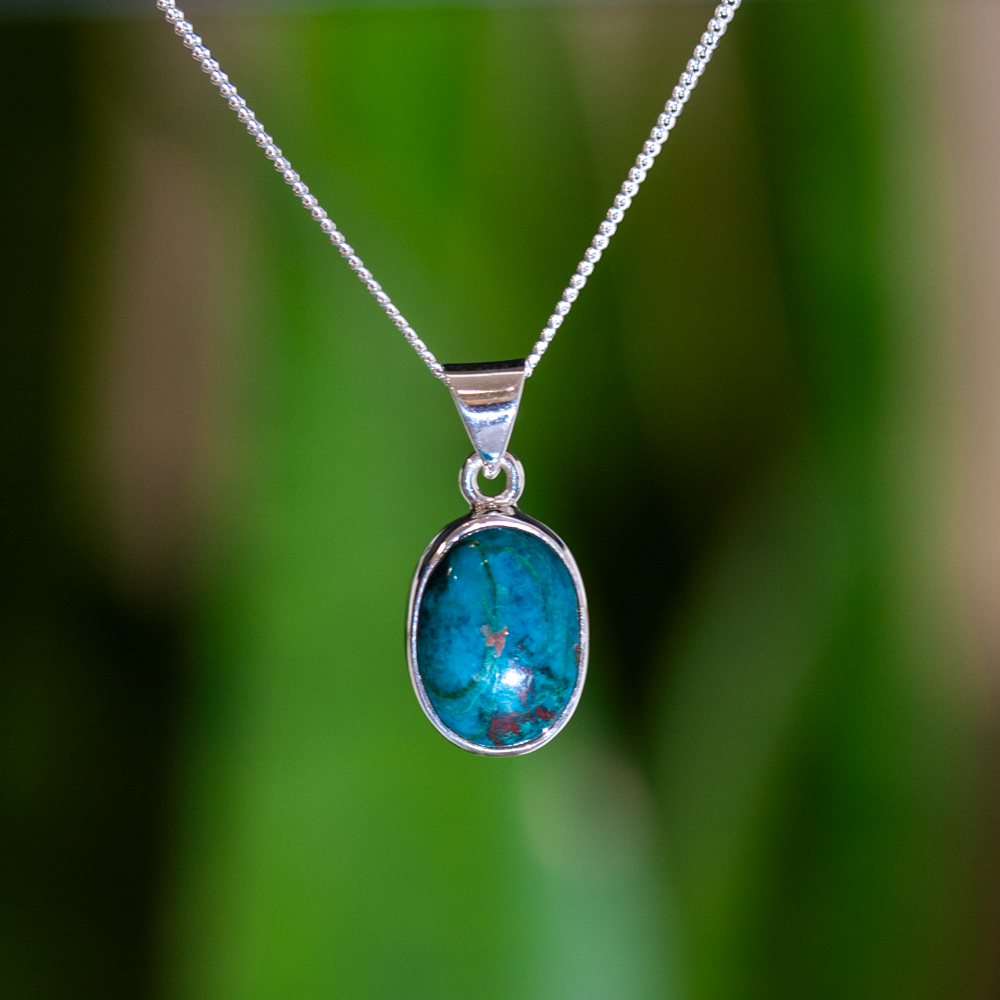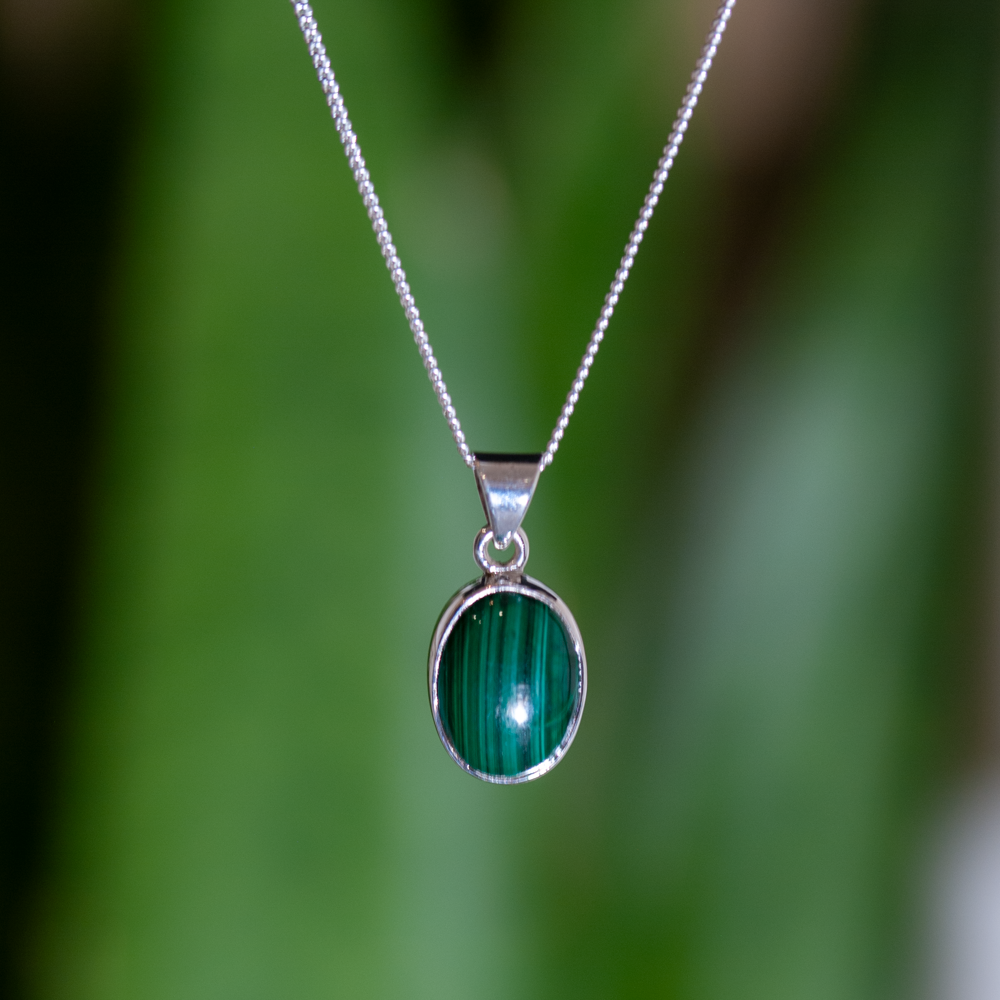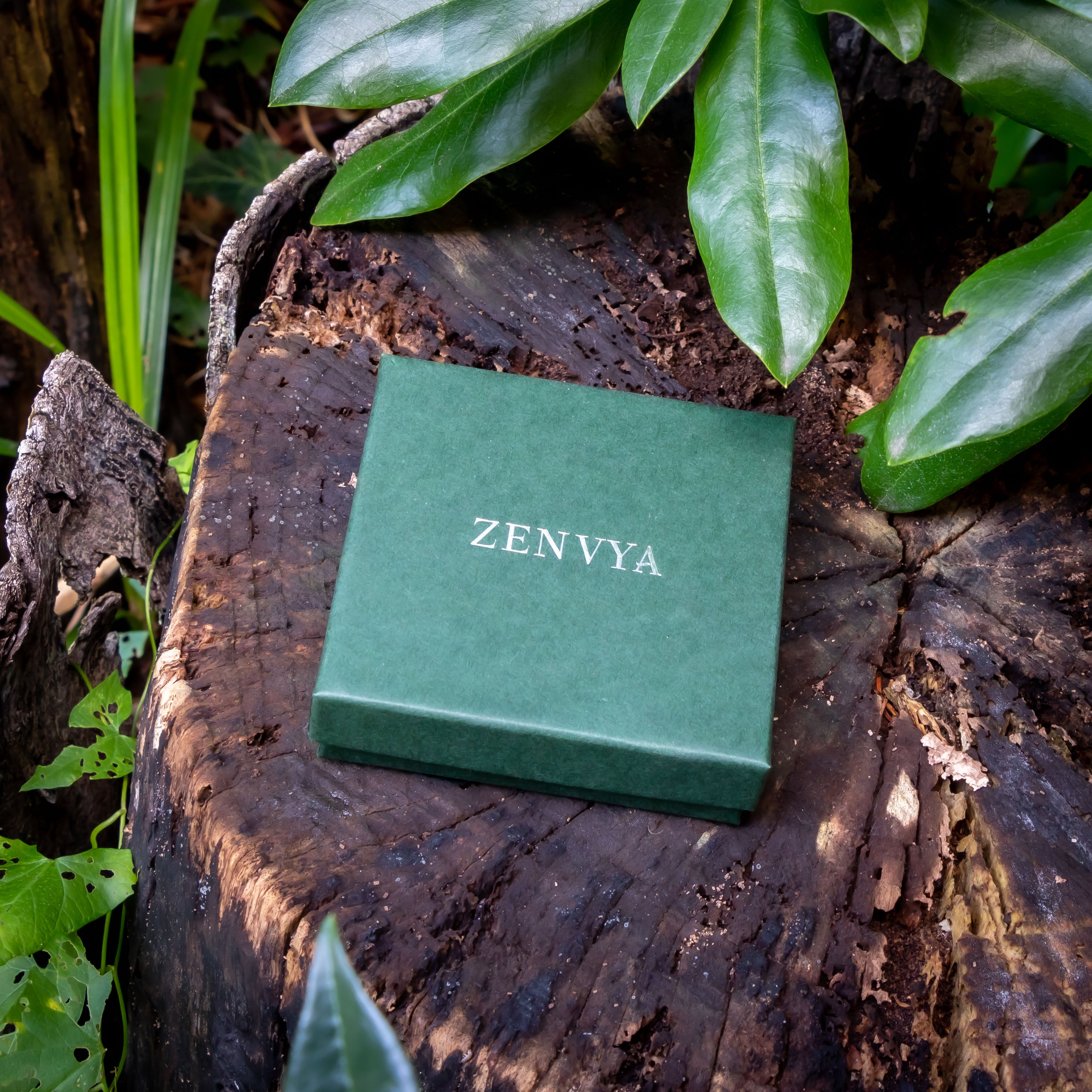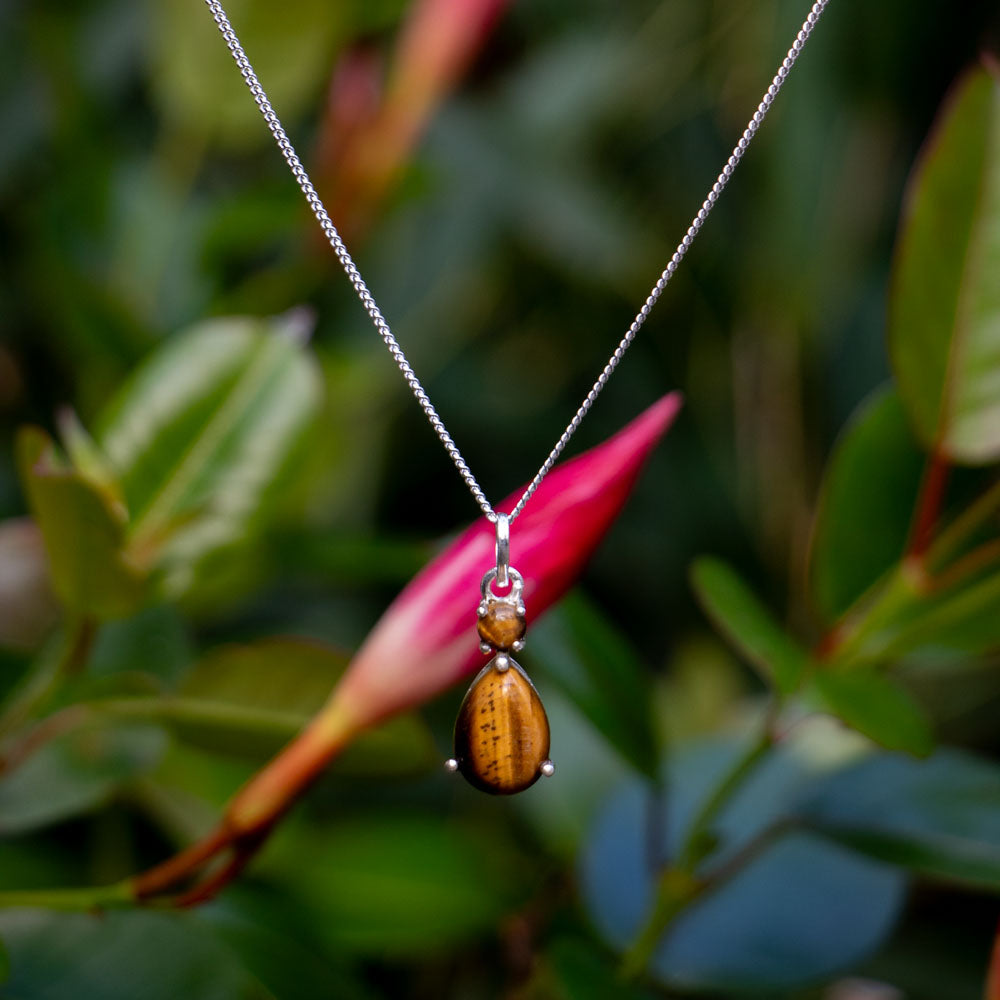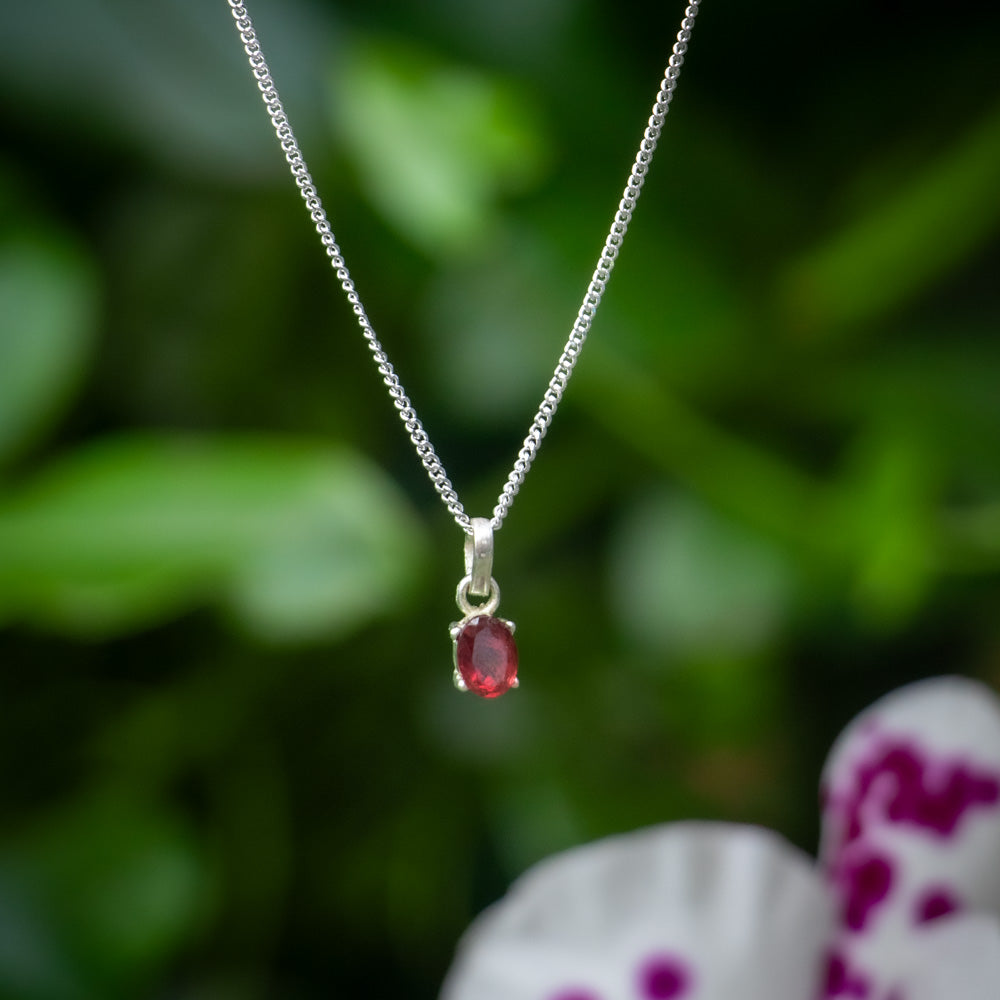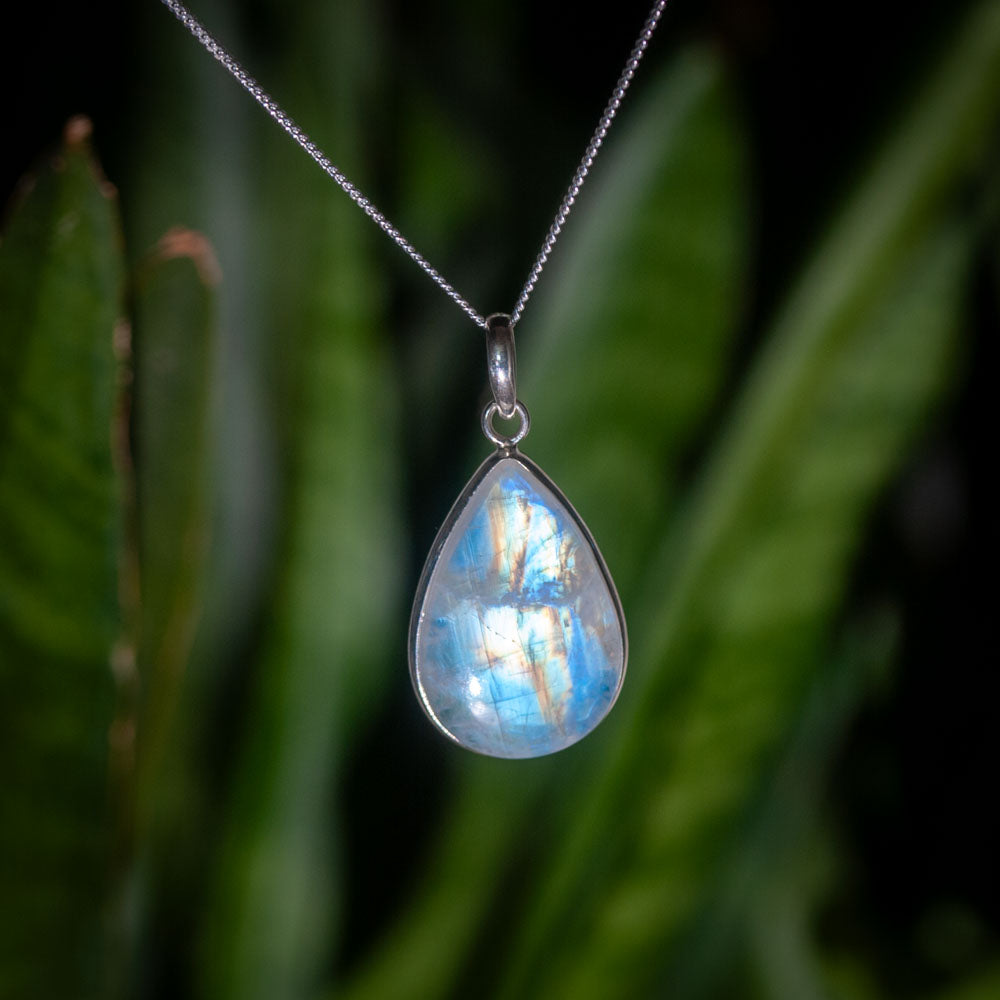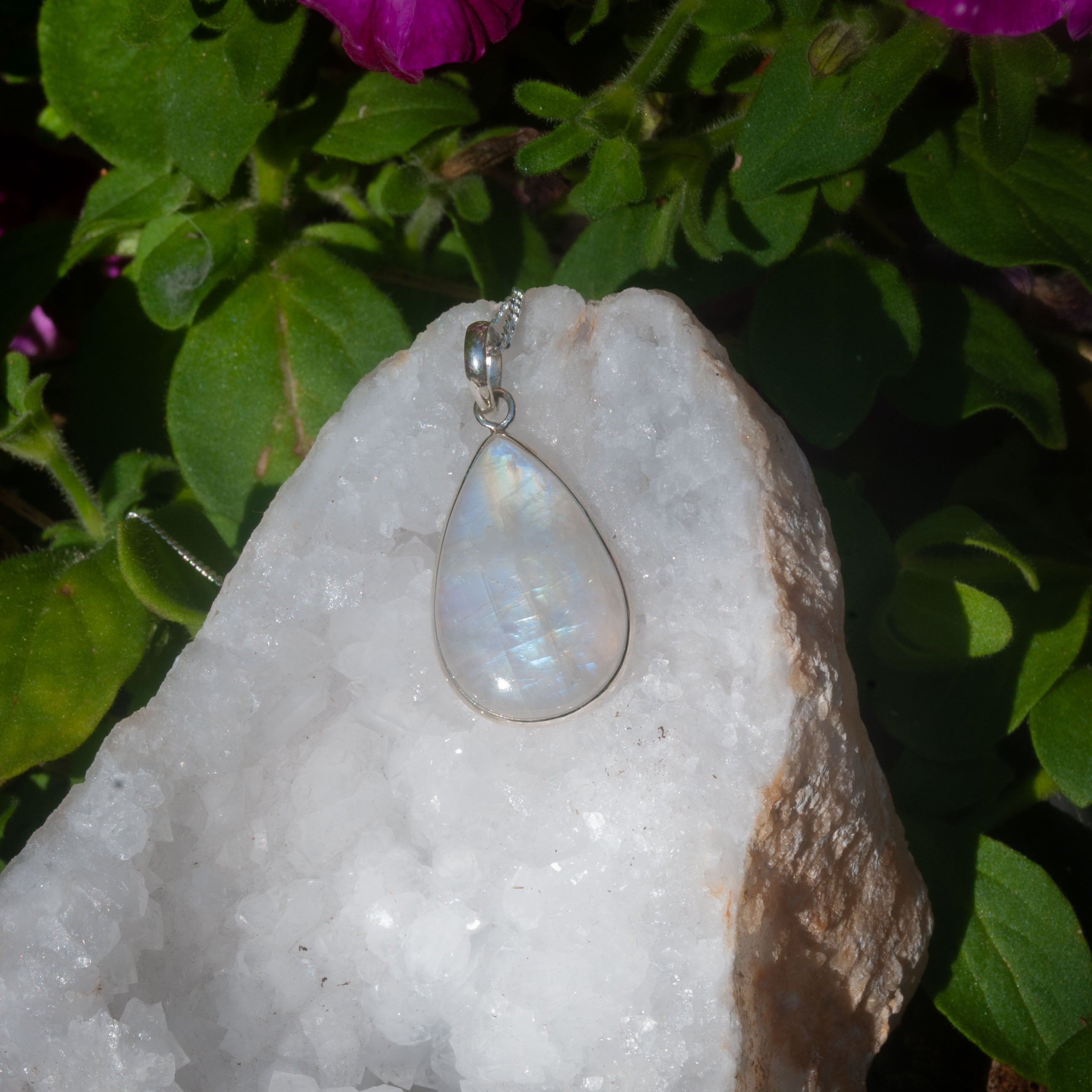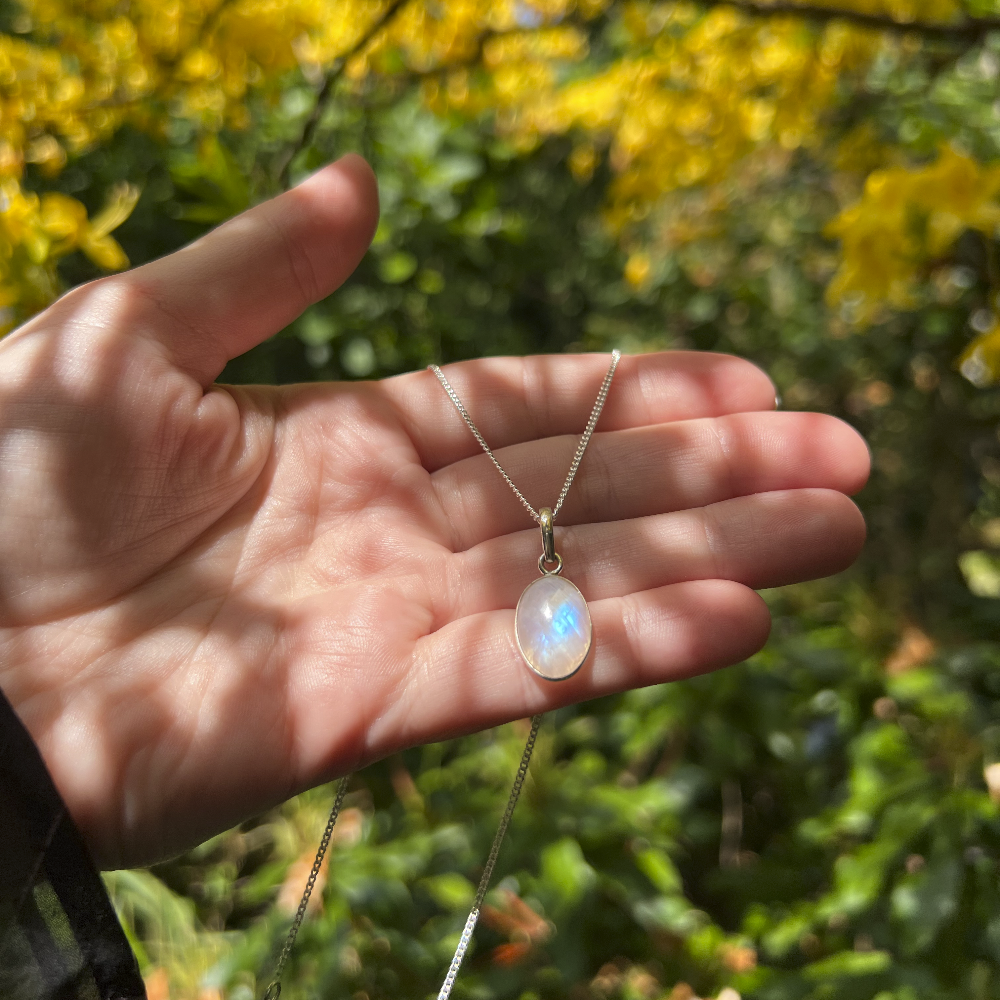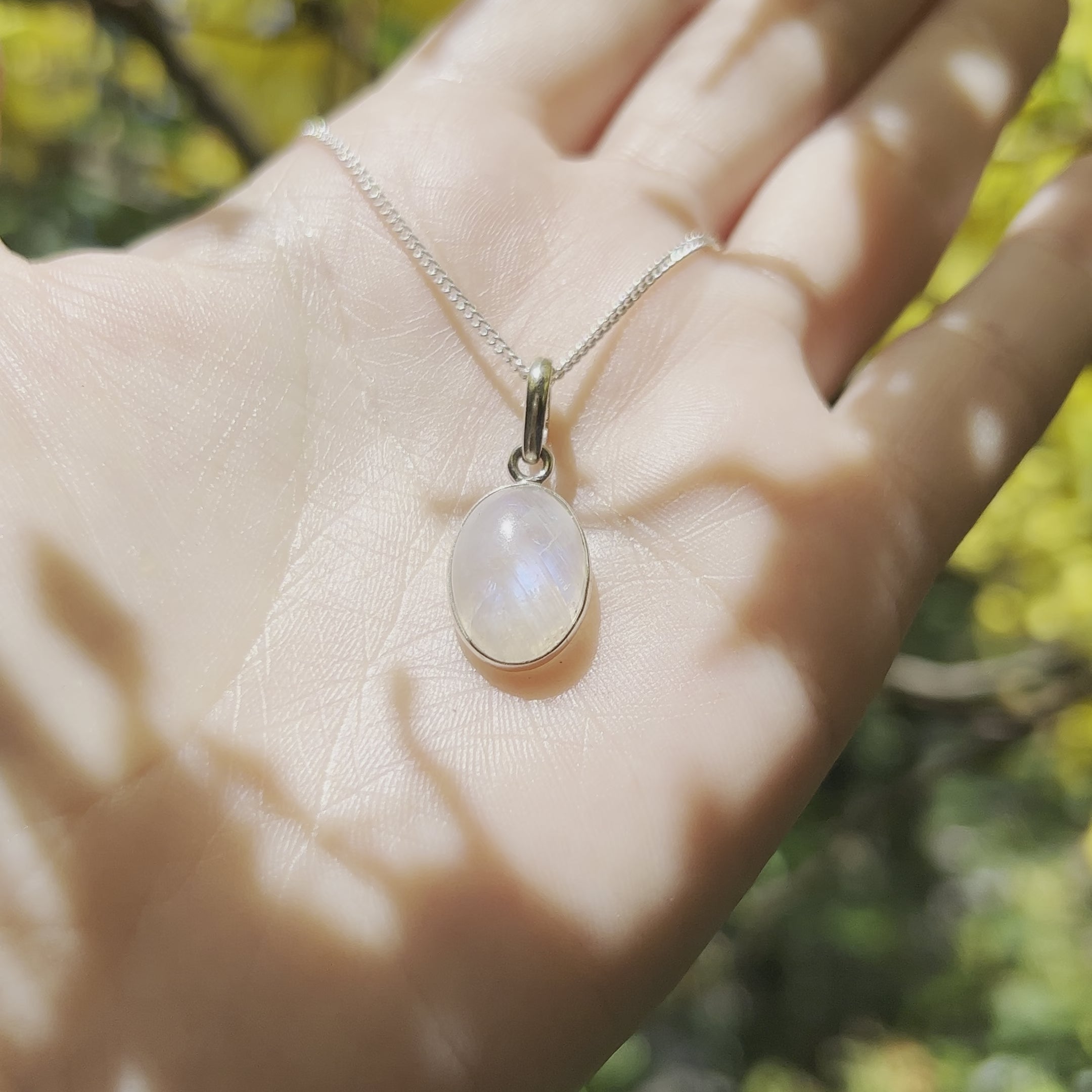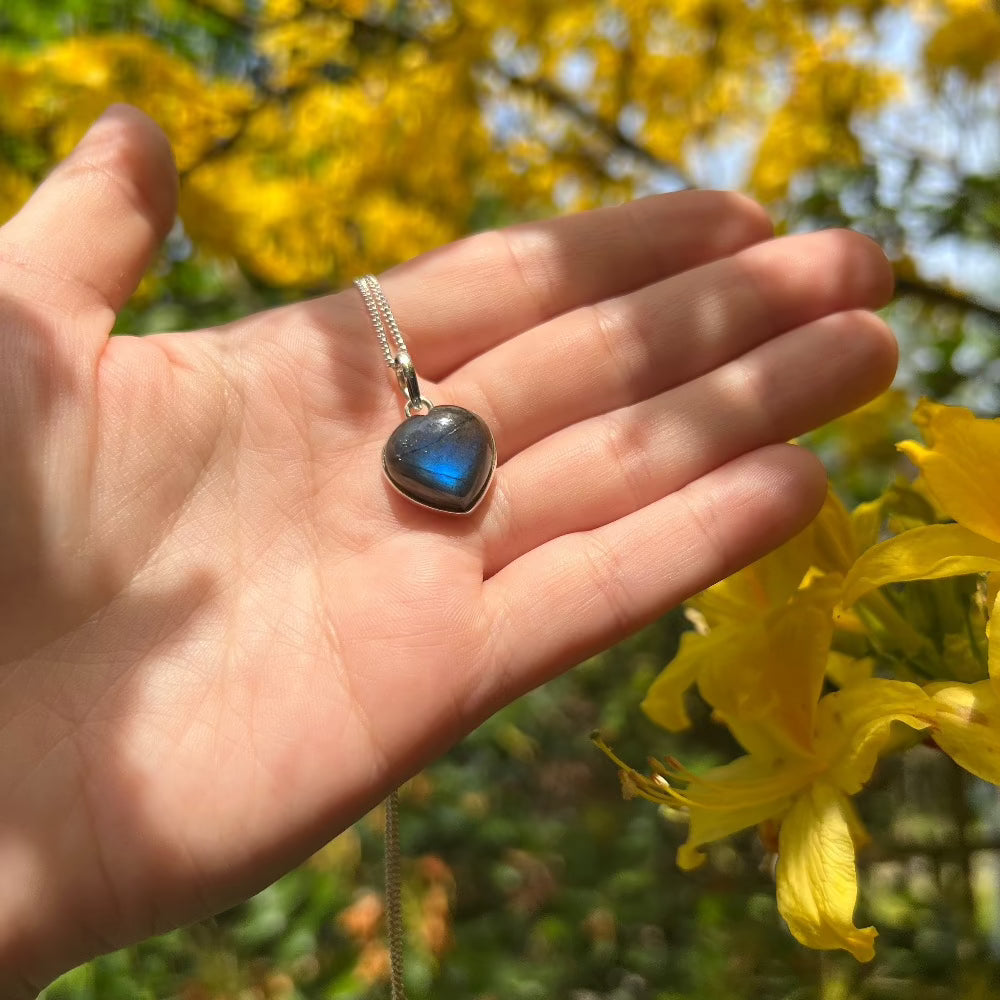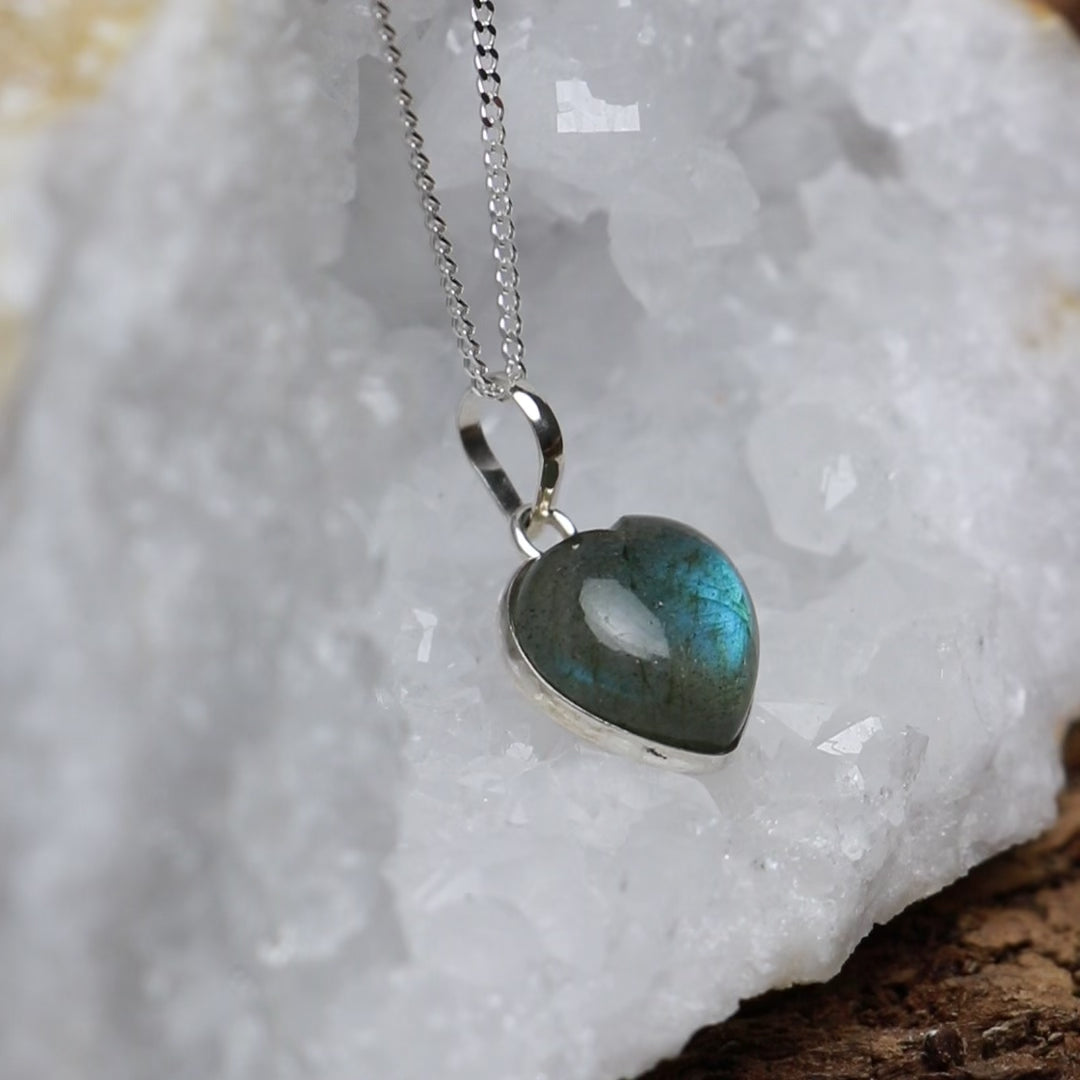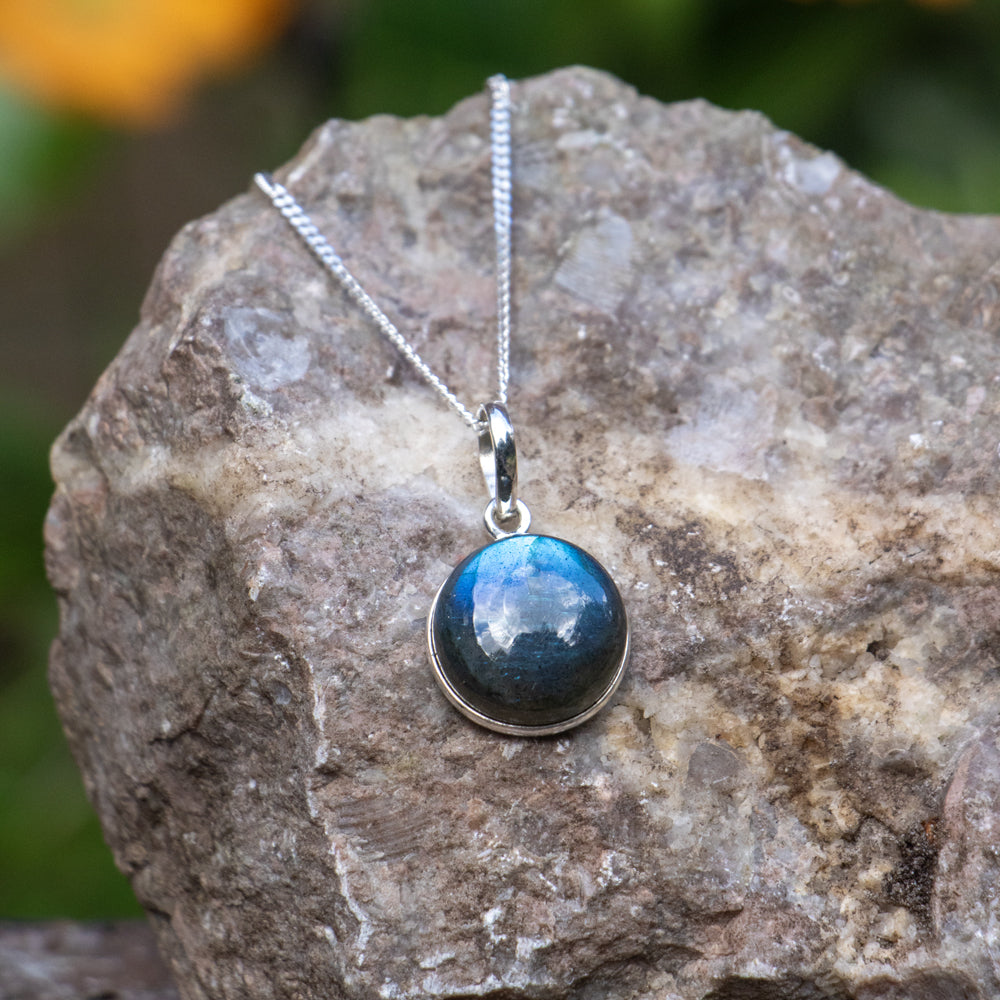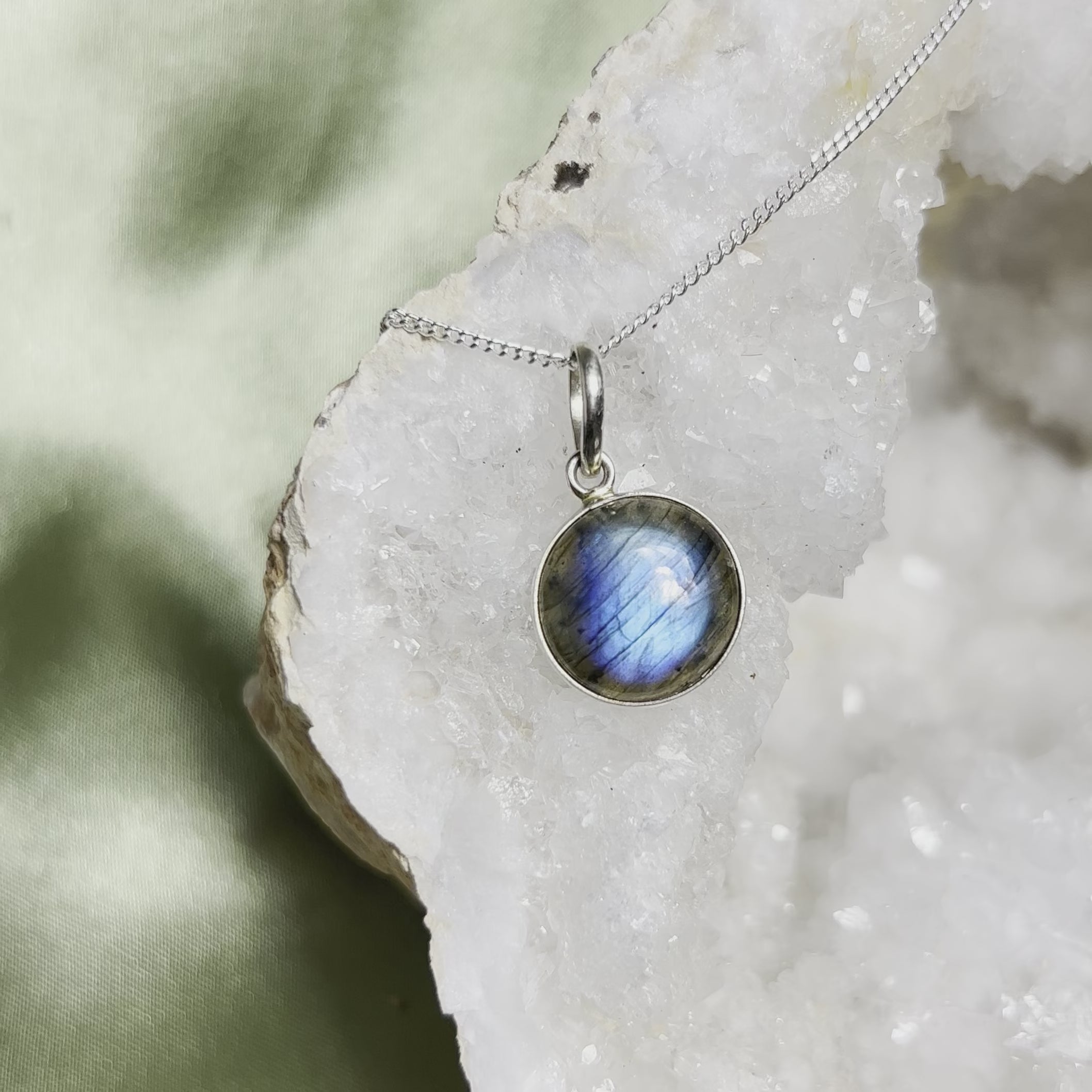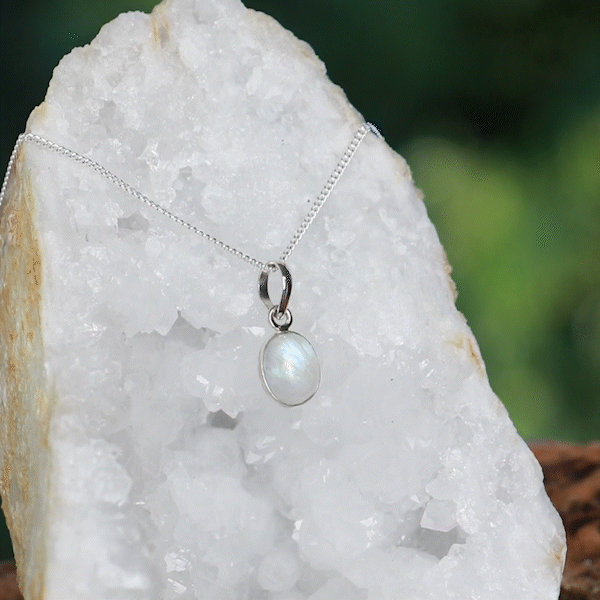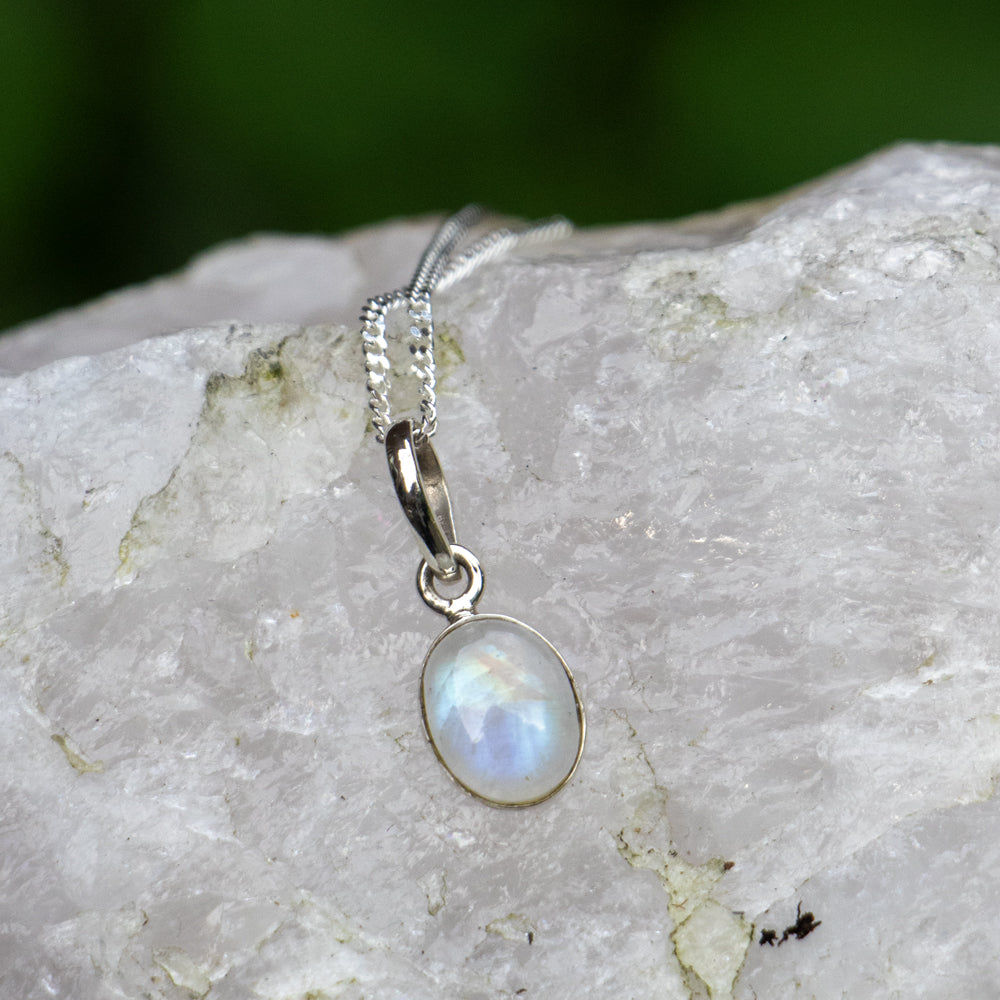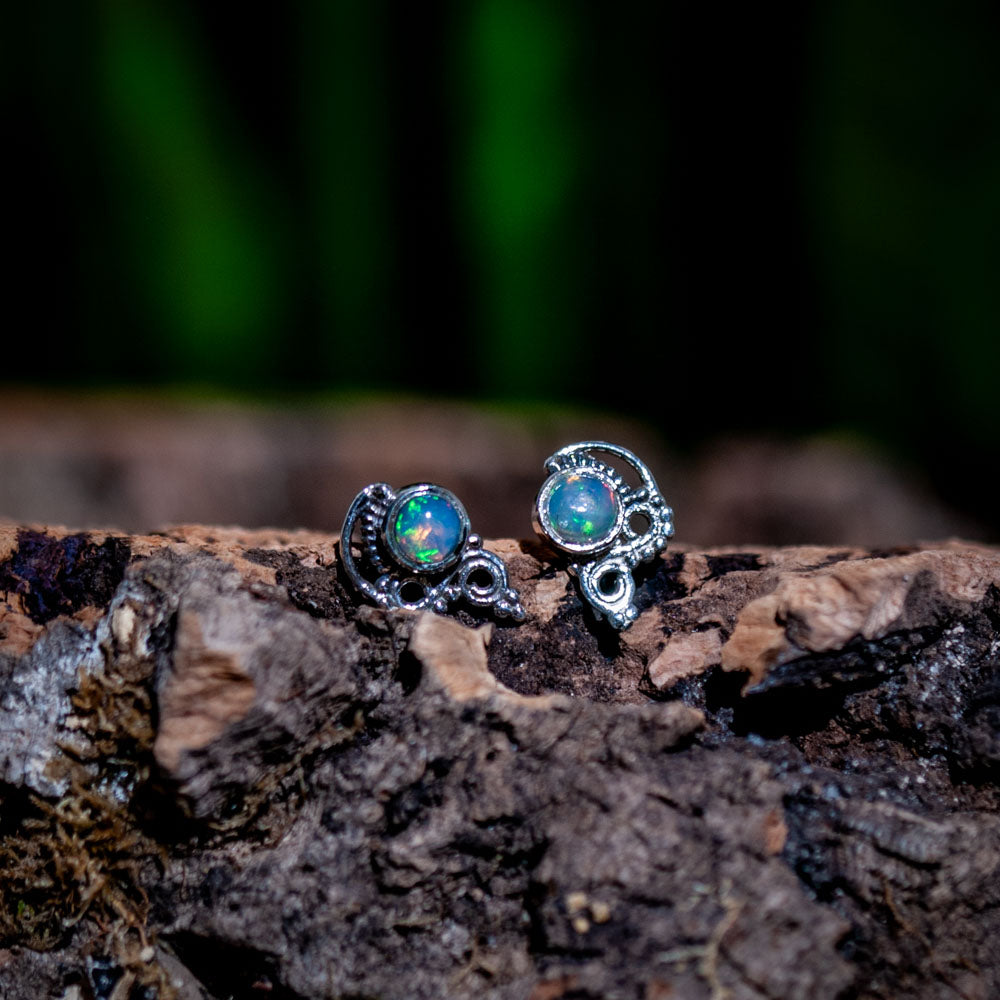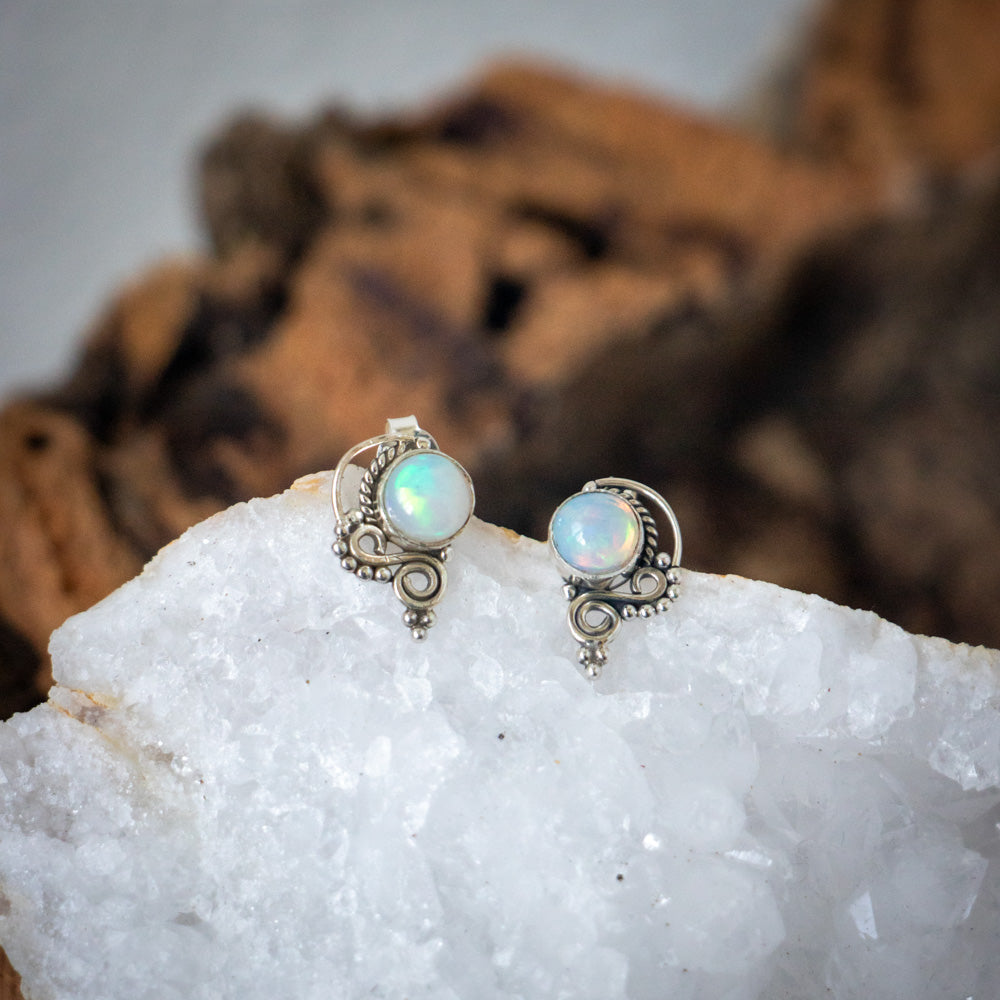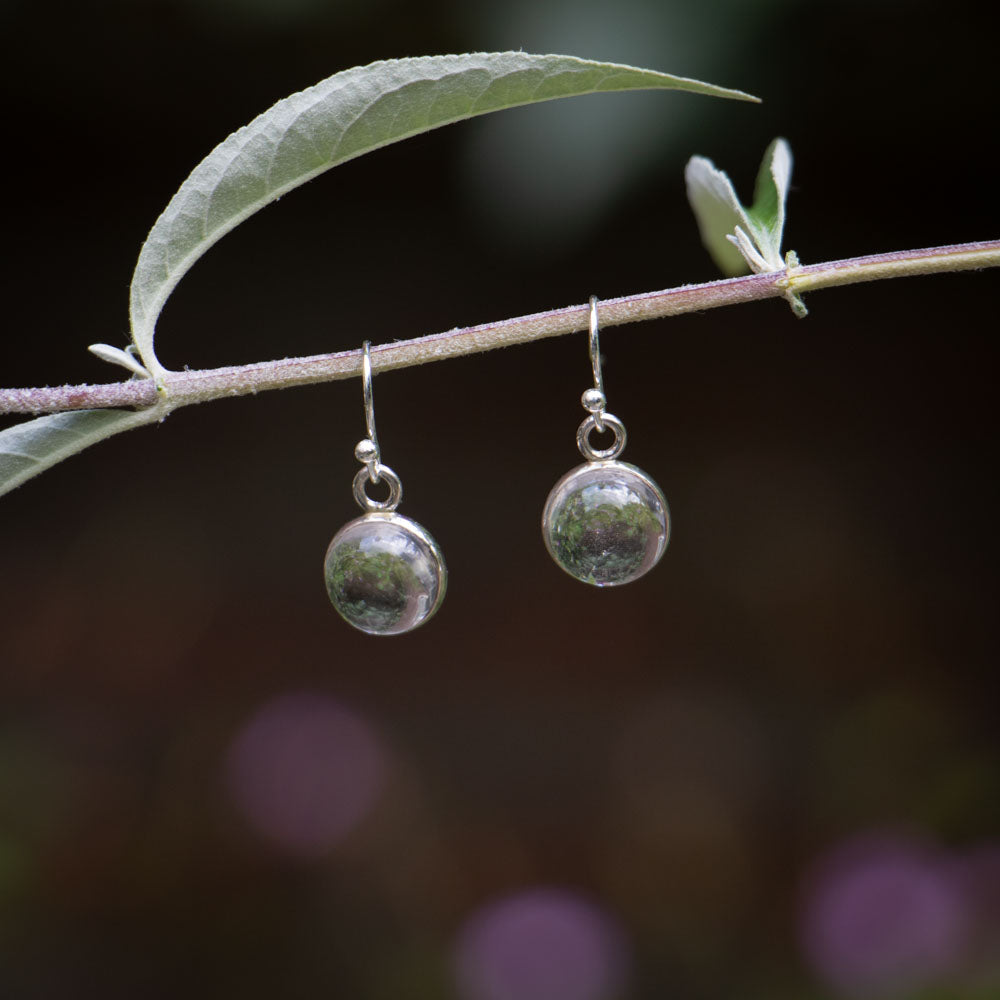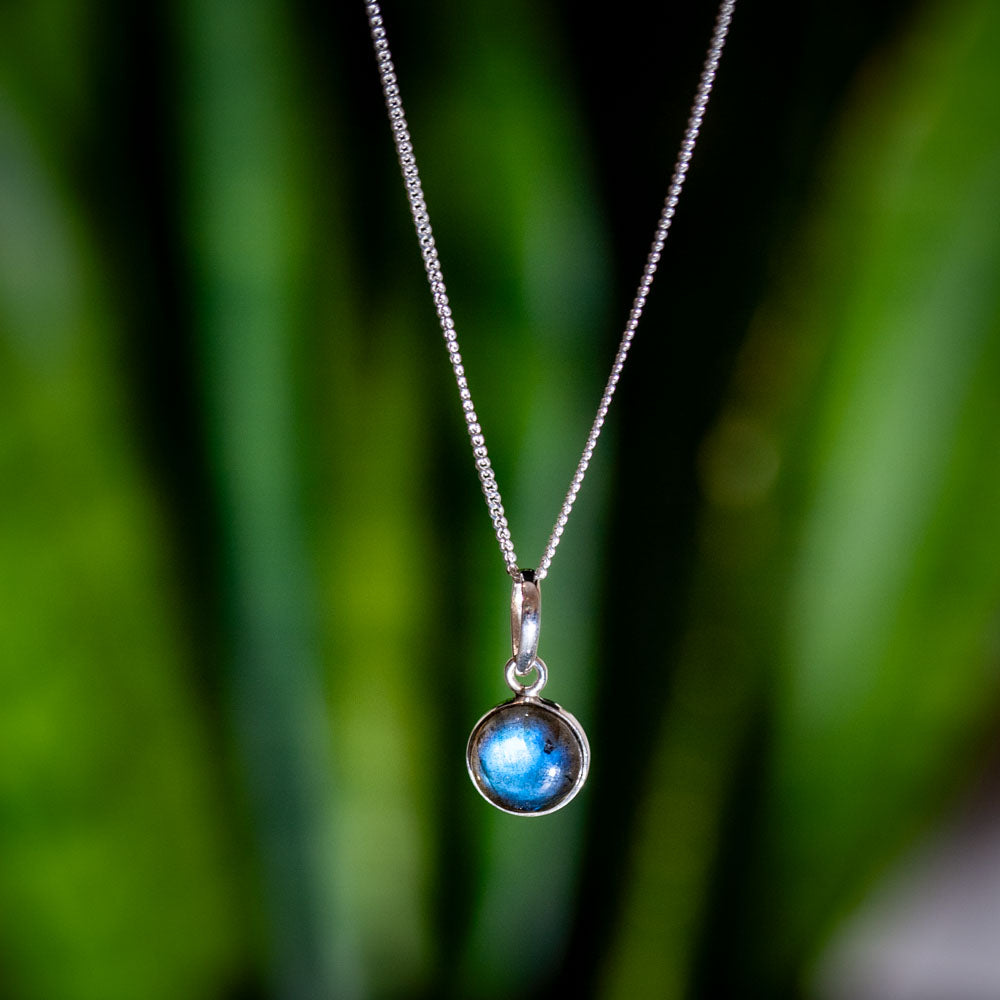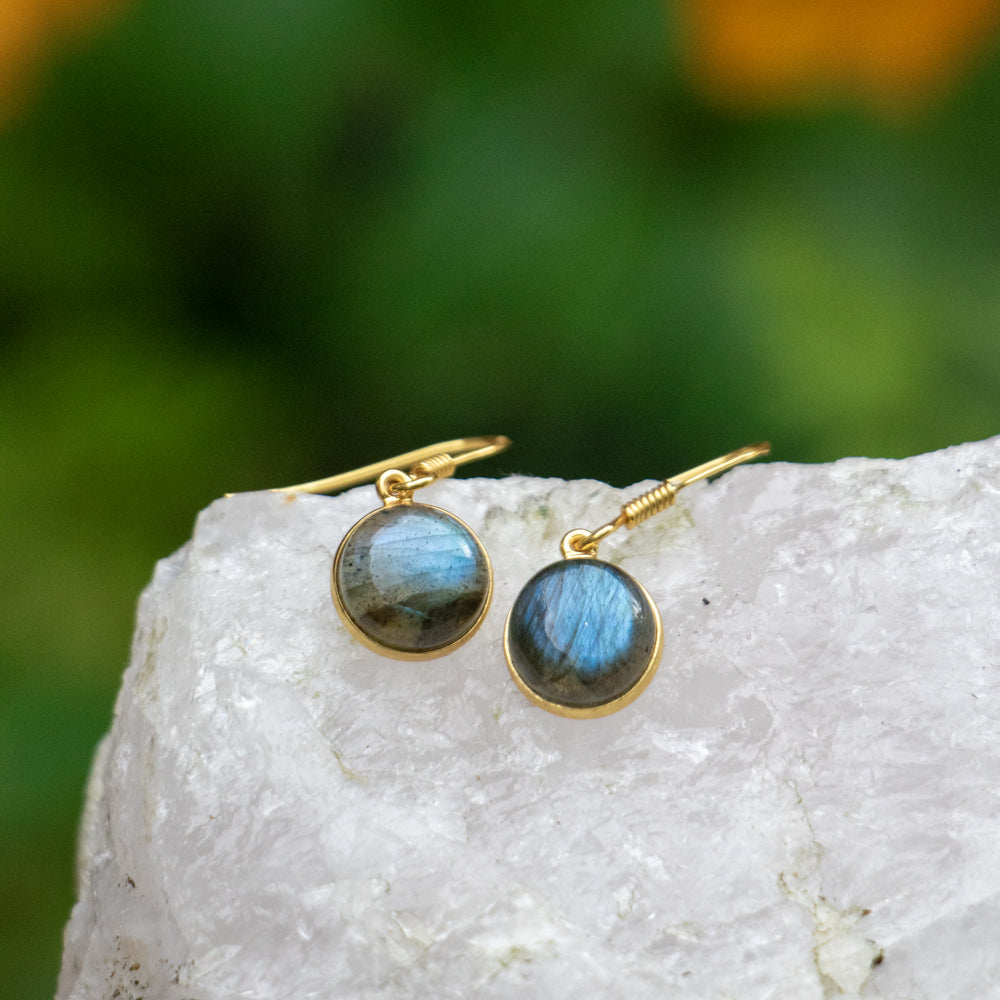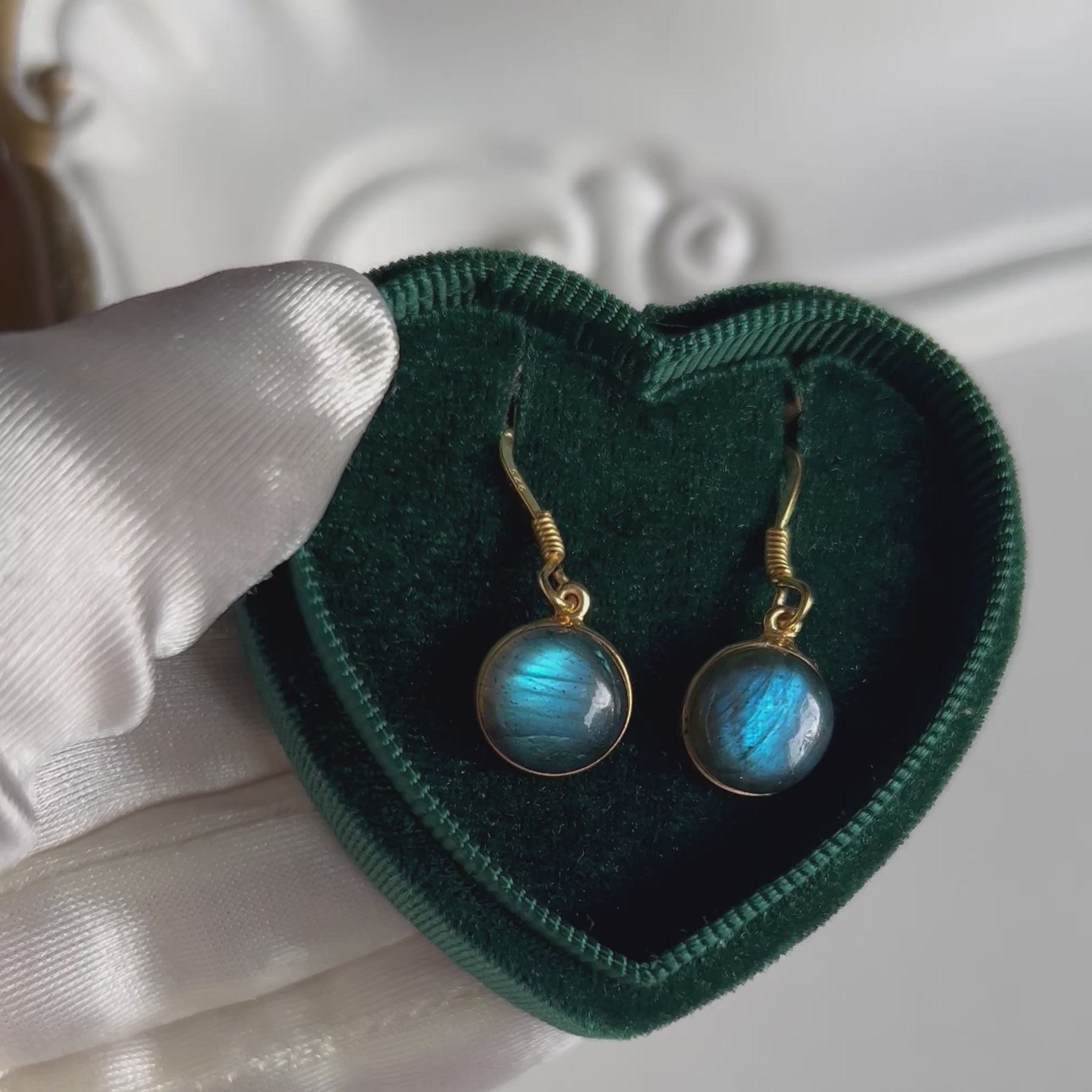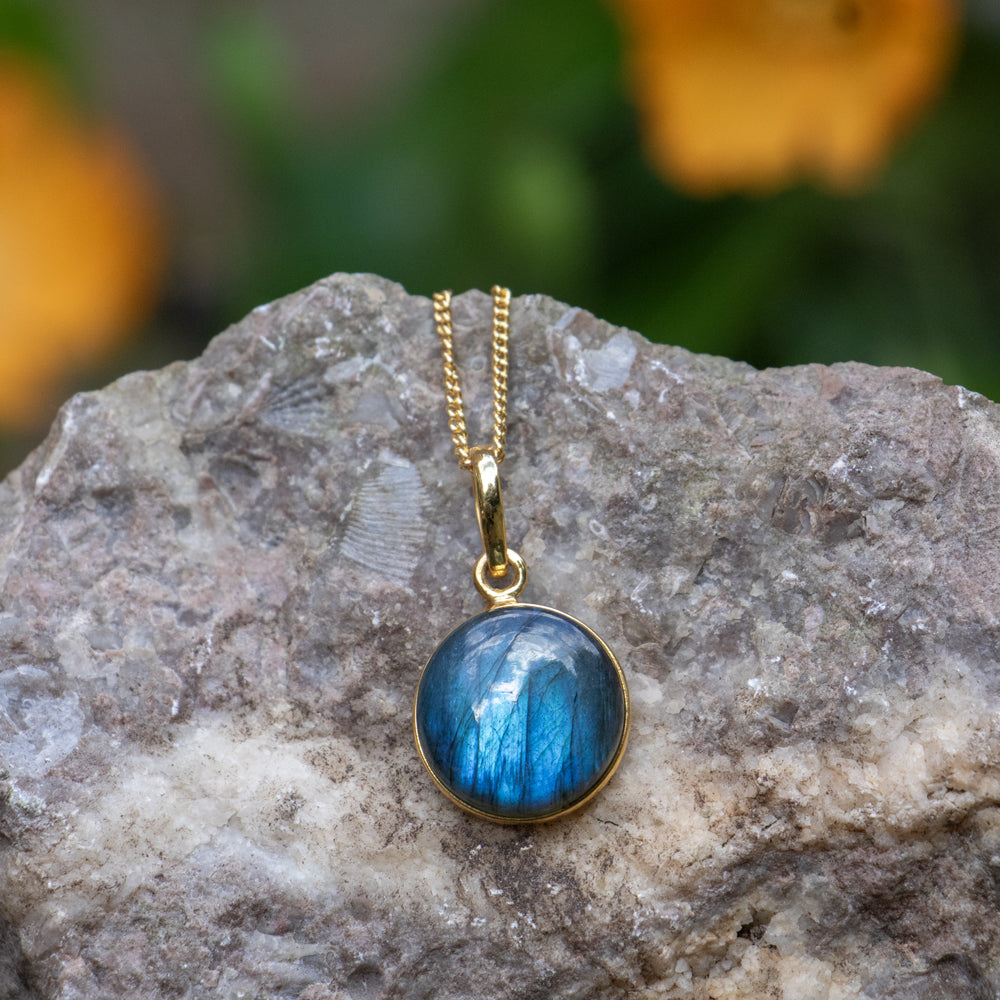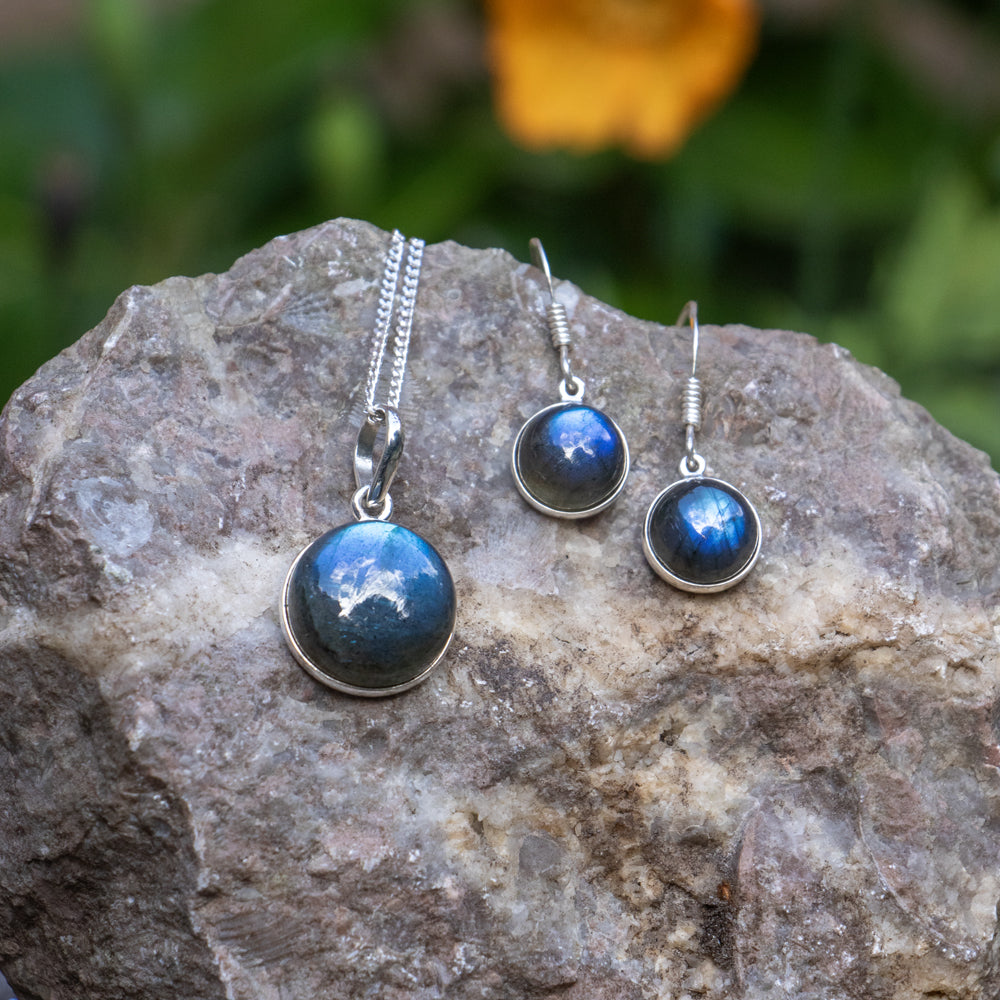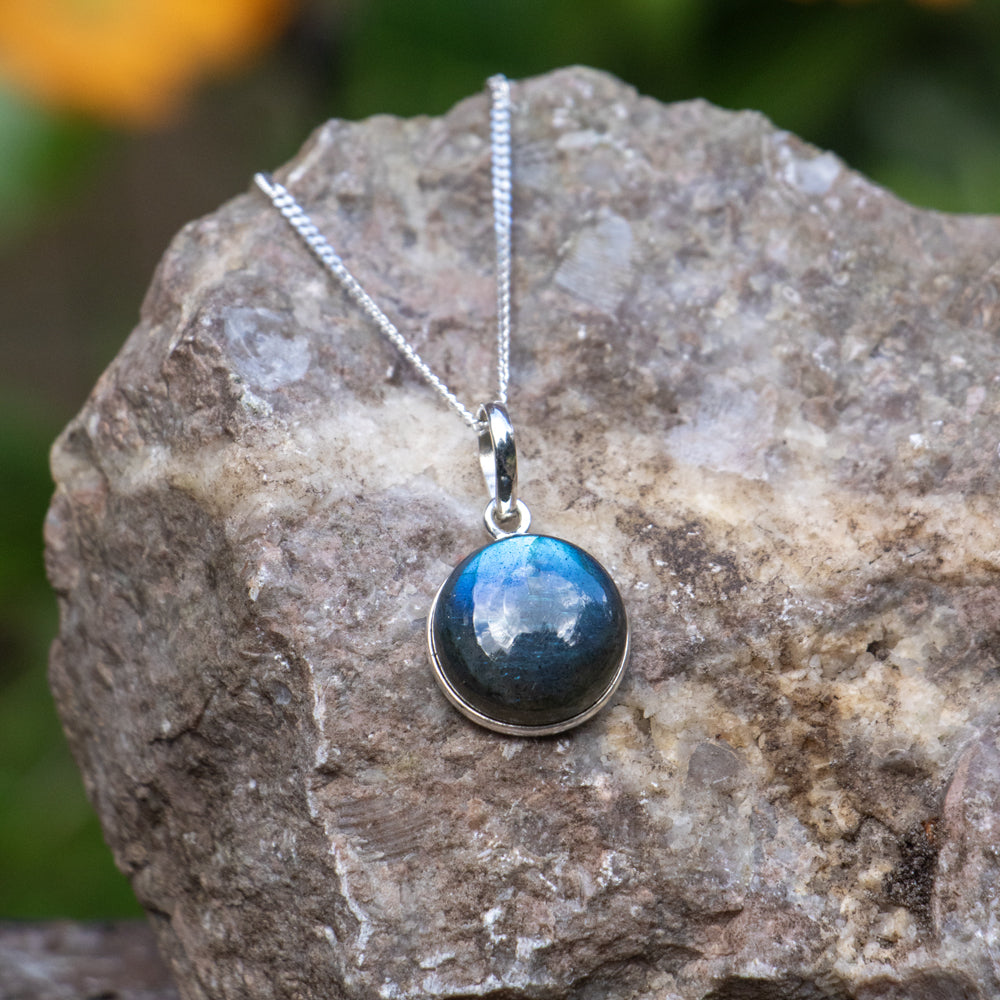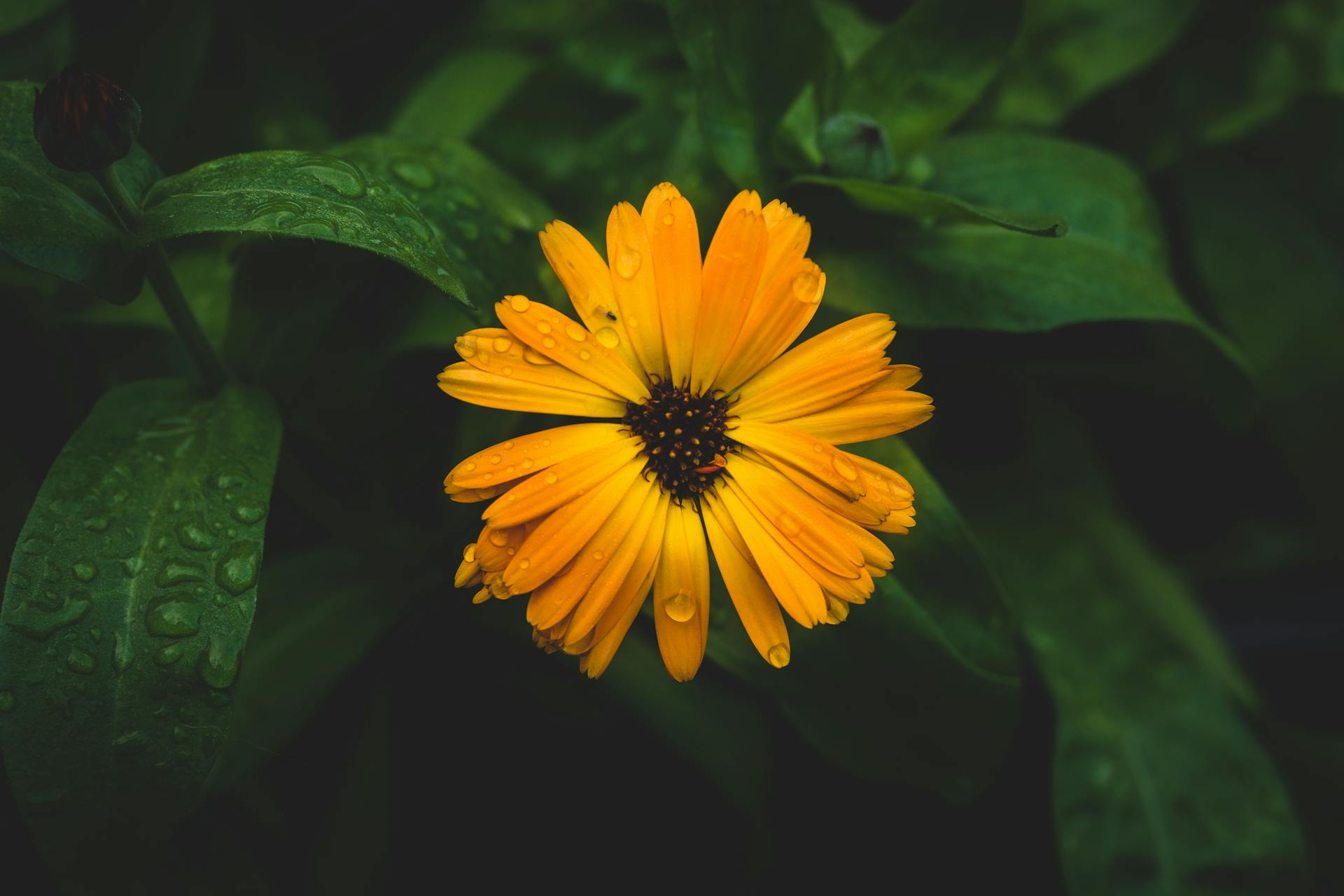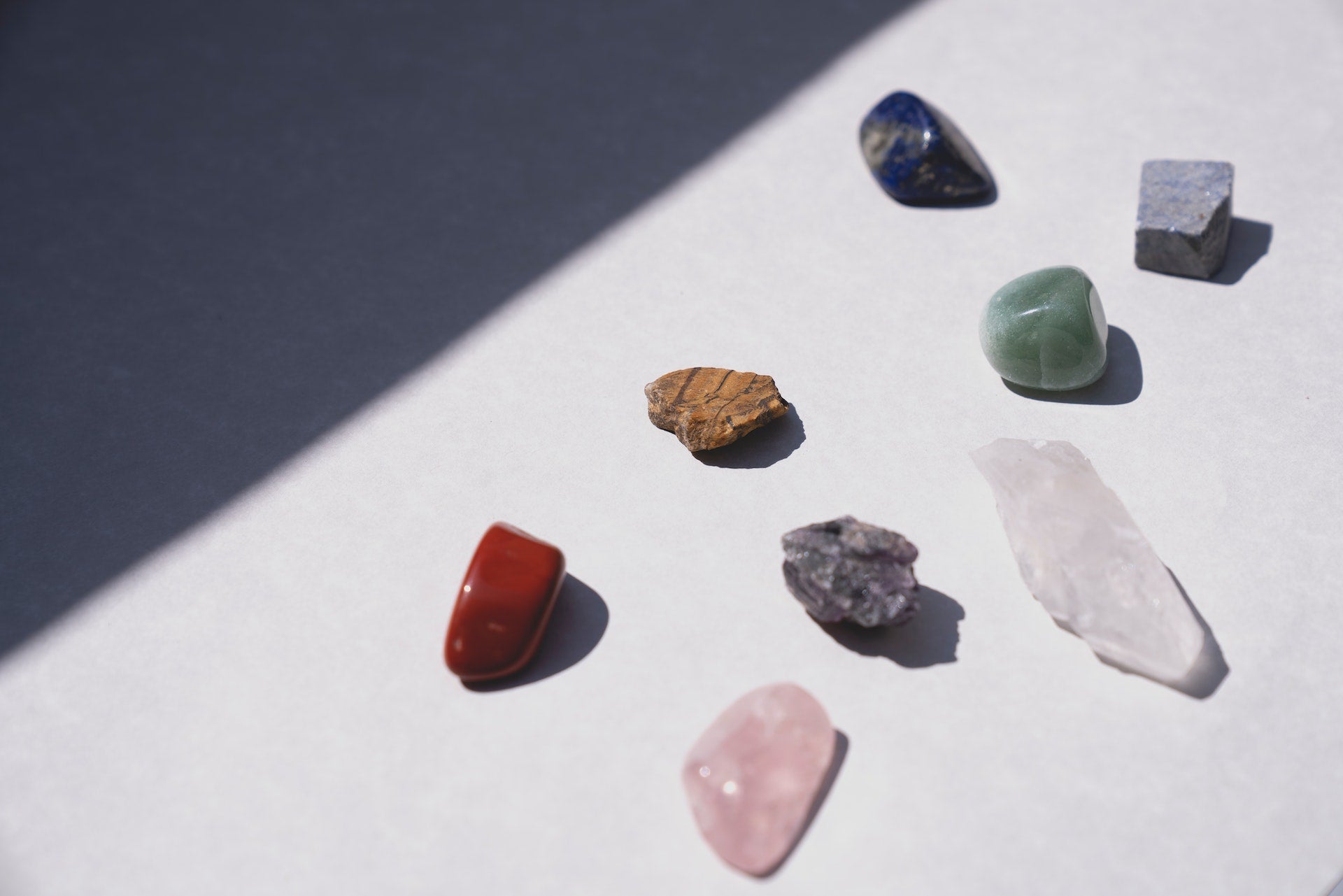
Why do gemstones differ in color?
Gemstones are the treasures of the earth, known for their brilliant colors and intriguing beauty. But why do gemstones have different colors? What is the origin of their vibrant hues and what makes them so unique? In this blog, we delve deeper into the fascinating world of gemstones and discover why they vary in color.
Chemical Composition
Gemstones get their characteristic colors from the presence of certain chemical elements in their crystal structure. These elements absorb specific parts of the light spectrum and reflect other parts, resulting in the perceived color of the stone. For example, the presence of iron can cause a yellow or green color, while traces of chromium are responsible for a vibrant red color in rubies.
Traces of Metals
In addition to chemical elements, traces of metals can also contribute to the color variations in gemstones. Due to the presence of specific metals, such as copper, cobalt or titanium, gemstones can take on a wide range of colors. Think of turquoise with its characteristic blue hues due to the presence of copper, or sapphire with its various colors such as blue, yellow and pink, influenced by traces of titanium and iron.
Structural Defects
In addition to chemical composition, structural defects in a gemstone’s crystal structure can also affect its color. These defects can cause light waves to interfere, either enhancing or weakening certain colors. This phenomenon is known as diffraction and is responsible for the iridescent effect in stones such as opal.
Treatments and Improvements
Sometimes gemstones are treated to enhance or change their color. Various techniques, such as heating, irradiation, or chemical treatments, can be used to achieve desired color results. It is important to note that such treatments are often listed when the gemstones are sold, to provide honest information to the buyer.
Rarity and Value
The variety of colors in gemstones contributes to their unique beauty and ensures that each stone has its own character. Some colors can be rarer than others, making them more valuable on the market. For example, the intense green color of emeralds makes them highly sought after, while the bright pink color of a rare diamond is known as a "pink diamond."
Why do gemstones differ in color?
The different colors of gemstones are the result of complex factors, such as chemical composition, the presence of certain metals, structural defects and treatments. Each gemstone carries its own unique color identity, which has won them the admiration and fascination of people all over the world. The beautiful colors of gemstones make them beloved jewels that reflect the beauty of nature and excite the imagination.


